Meet The All-New 2026 Jeep® Recon Moab 4xe
Jeep's All-New Adventure Off-Roader Makes Its Official Debut
Jeep® just dropped one of its biggest reveals of the year at the Los Angeles Auto Show, pulling the covers off the 2026 Recon (EJ). Now that the curtains have been pulled back, the world finally gets a full look at Jeep’s first fully electric, Trail Rated SUV engineered specifically for real off-road duty—not just electric vehicle (EV) novelty.
Jeep didn’t position the Recon as a replacement for any existing model. Instead, it fills a new space—expanding the brand’s lineup with a fully electric option that preserves the hardware and spirit Jeep owners expect.
A New Jeep, Built for Real Use –
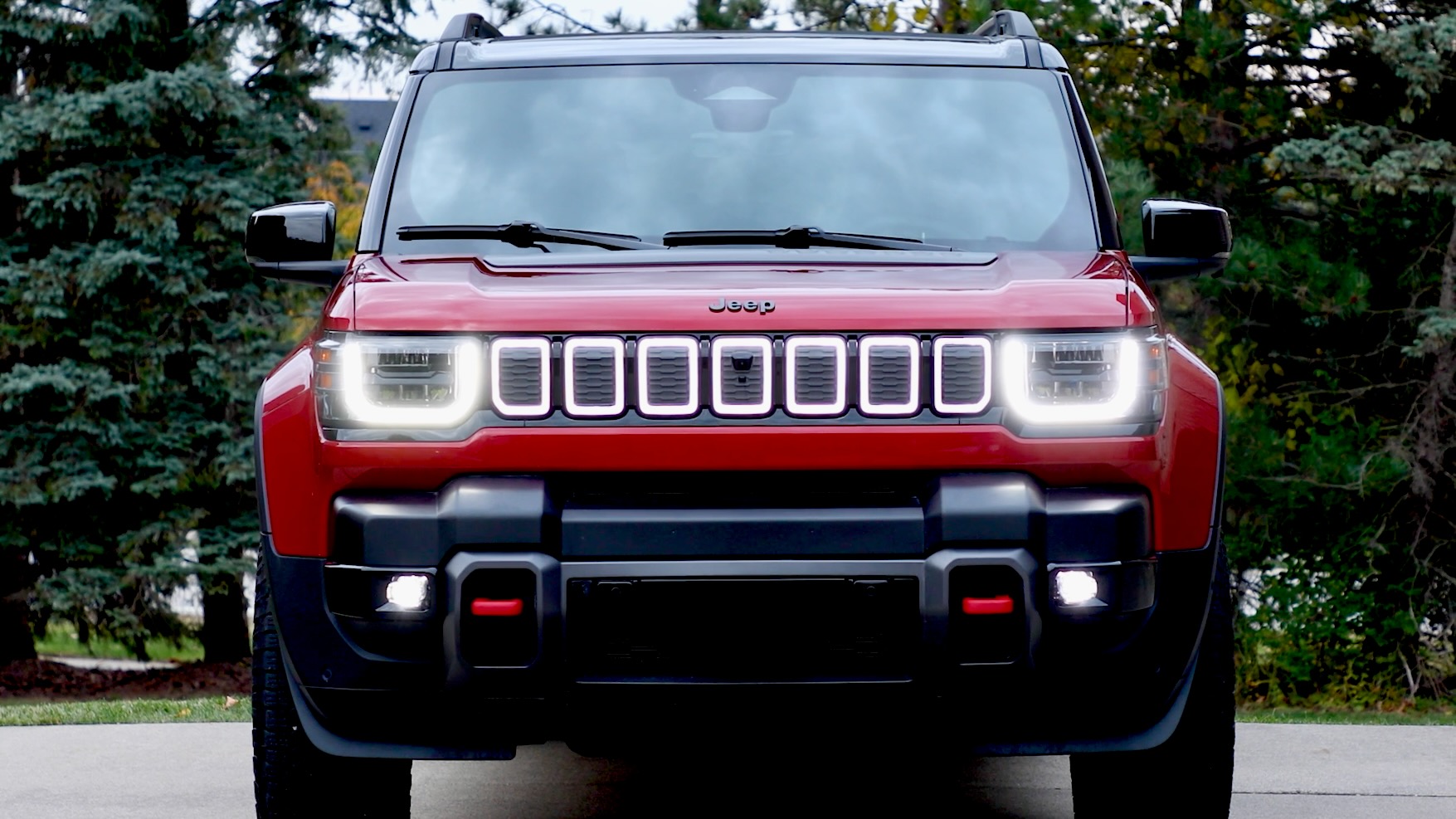
The Recon is built on Stellantis’ STLA Large platform and slots into a unique space in the Jeep lineup. It echoes elements of the Wrangler’s spirit, the Grand Cherokee’s refinement, and the practicality of classic Cherokees—but ultimately stands as its own model.
At launch, the Recon will debut exclusively in Moab 4xe trim, giving customers the most capable and fully equipped version first. Other trims will follow after production ramps up.
Removable doors, removable quarter glass, steel underbody armor, a swing-gate spare, 33-inch all-terrain tires, torque-multiplying 4×4 gearing, and dedicated rock-crawling software make one thing clear: this Jeep was designed for the trail, not the mall parking lot.
This is a Jeep engineered from the start to perform off-road—it just happens to be fully electric.
Exterior: A Modern Take on Jeep Heritage –
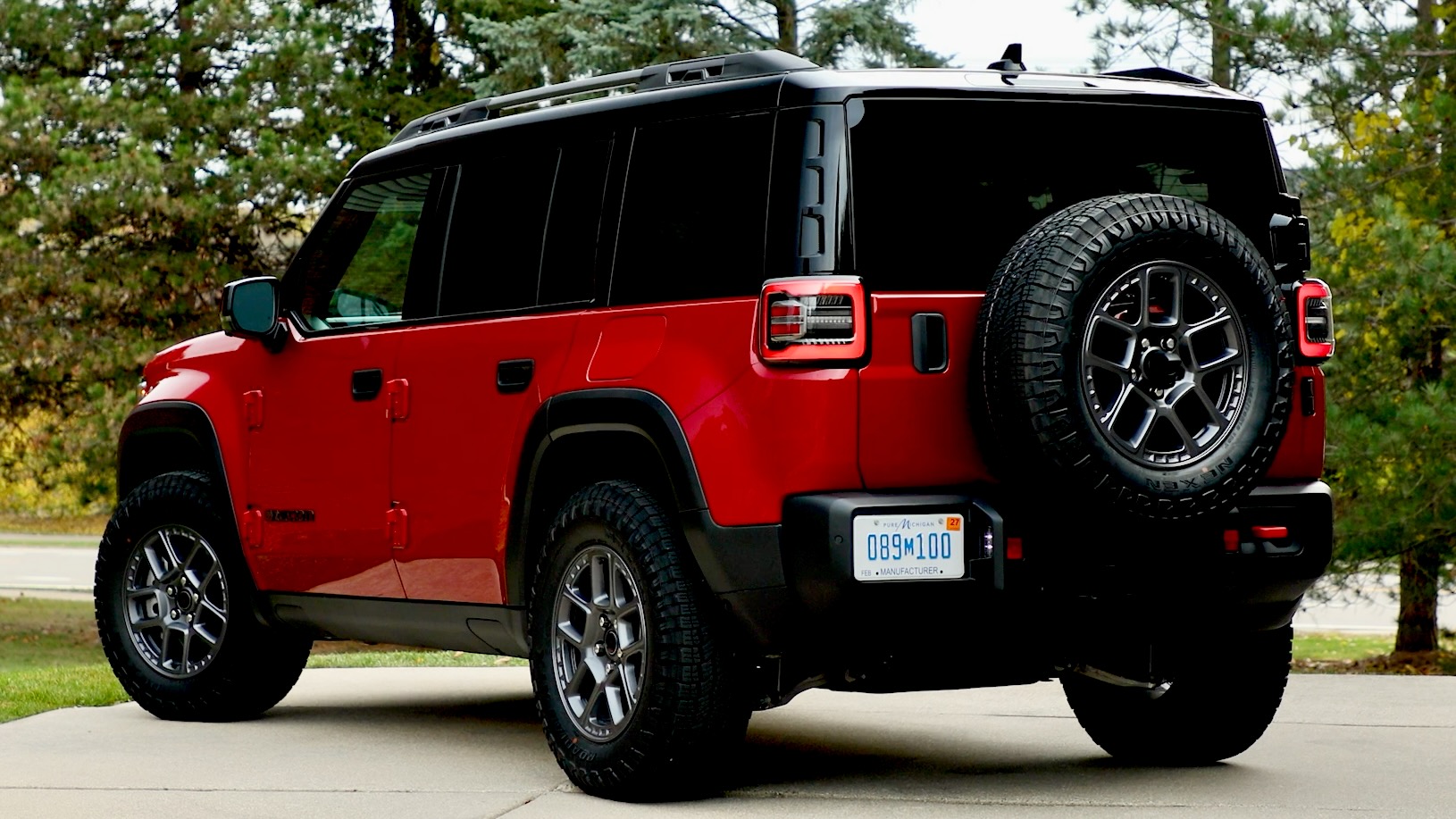
With the covers pulled back, seeing the Recon confirms that Jeep stayed true to its design DNA. The upright stance, squared fenders, flat sides, and rugged proportions intentionally avoid the sleek, wind-shaped look common in EVs. This SUV looks like it’s built to get dirty.
The seven-slot grille returns with illuminated rings for a modern twist, while U-shaped daytime running lights create a strong visual signature (something shown on the all-new 2026 Cherokee, as well). Flush e-release door handles modernize the look, yet the doors themselves remain removable.
Gloss Black fascias and roof panels add contrast, while the anti-glare hood graphic reinforces its off-road focus. Optional rock rails, Wrangler-inspired LED taillamps, standard 33-inch Nexen Roadian A/T tires, and strong capability numbers: a 33.8-degree approach angle, 23.3-degree breakover, and 33.1-degree departure, hint at how capable this new Jeep really is.
Open-Air Freedom –
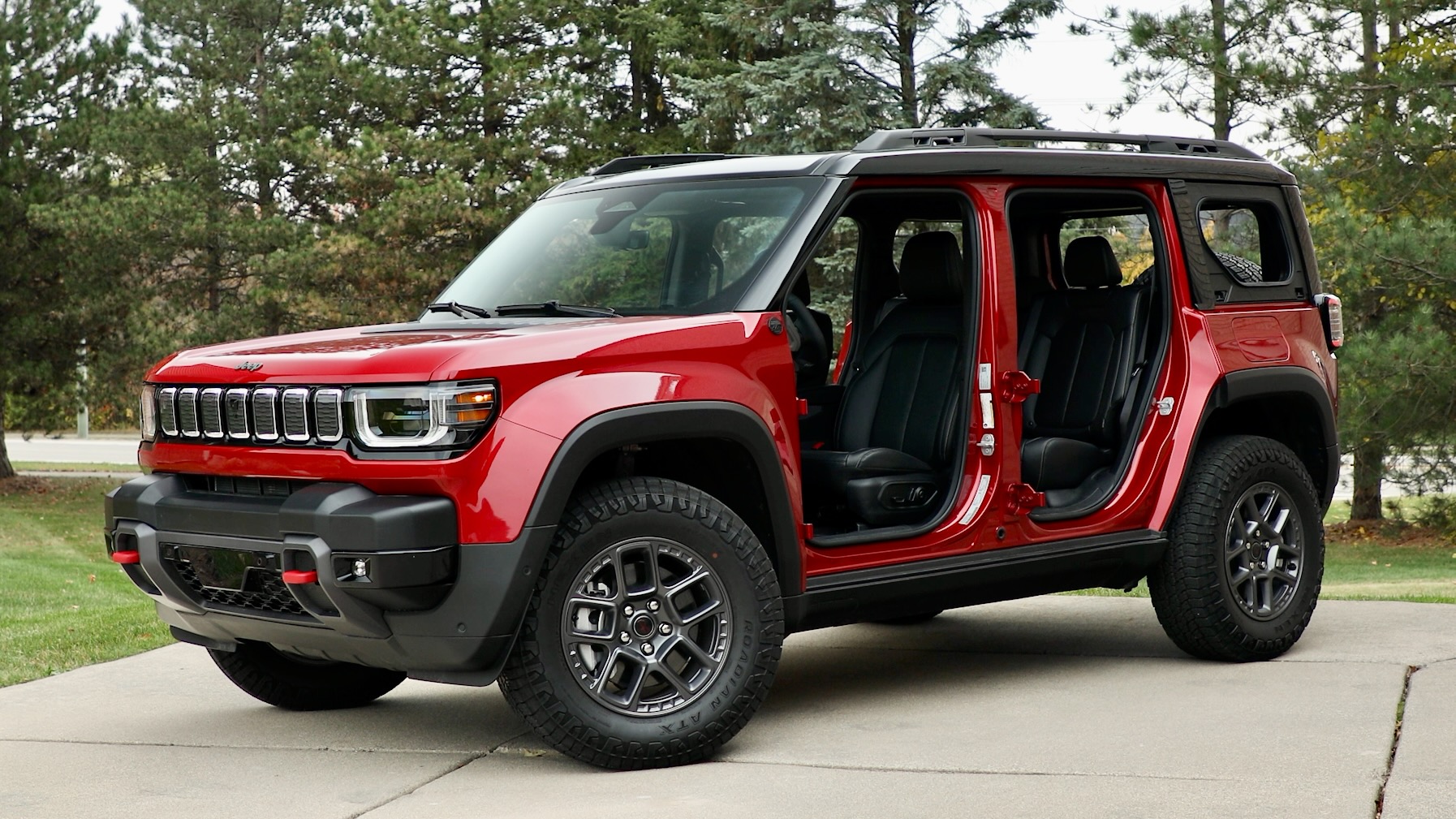
Open-air driving is a core part of Jeep’s identity, and the 2026 Recon preserves that tradition despite being fully electric. Jeep designed the Recon to be the only EV with true open-air capability, offering removable doors, removable rear quarter glass, and removable swing-gate glass—no tools required.
The doors detach quickly, the glass panels pop out cleanly, and the cabin transforms into an open, airy space just like a Wrangler. Buyers can choose between a dual-pane panoramic sunroof or the Sky One-Touch Power Top, which opens at the press of a button for instant exposure.
With under-seat audio speakers that stay consistent even when the doors are off, the Recon Moab 4xe delivers the kind of open-air freedom Jeep owners expect—simple, functional, and unmistakably Jeep.
Interior: Rugged Utility Blended With Modern Tech –
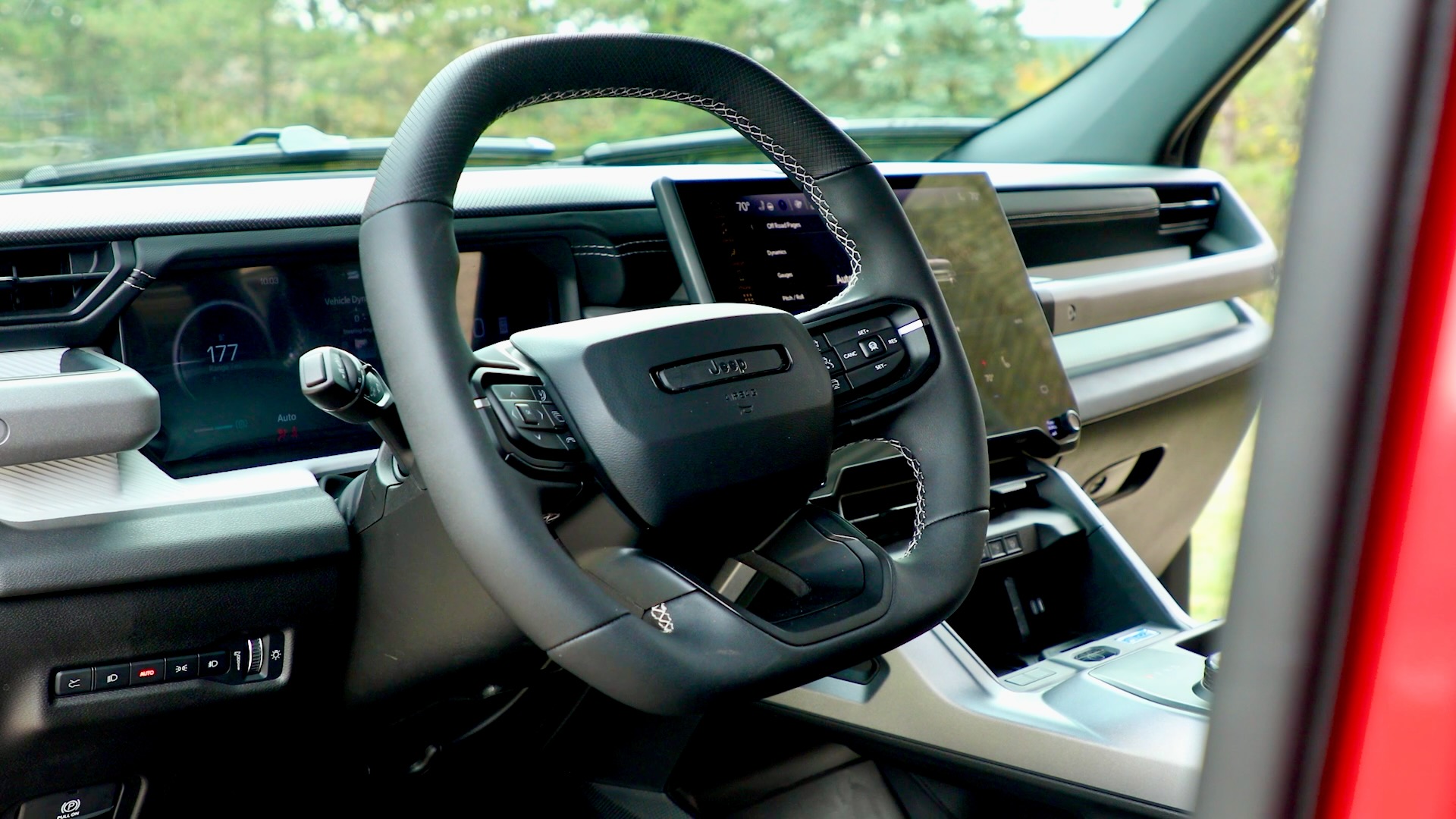
Inside, the Recon balances ruggedness and refinement. The cabin features a wide, horizontal dashboard with a sturdy passenger grab handle that immediately communicates its off-road purpose. Surfaces throughout the interior use scuff-resistant vortex-textured materials designed to hold up to dirt, sand, mud, and everyday wear.
Storage and practicality take center stage. The two-tier center console provides deep storage for gear, while modular door panels offer removable elastic straps for stowing smaller items. A large cargo area with tie-down loops, hidden storage, and a reversible floor makes organizing equipment easy, and the 3.0 cubic-foot frunk adds another usable storage space up front. Fold the second-row seats, and the interior opens up to 65.9 cubic-feet of cargo capacity—more than enough for camping gear, tools, sporting equipment, or recovery gear.
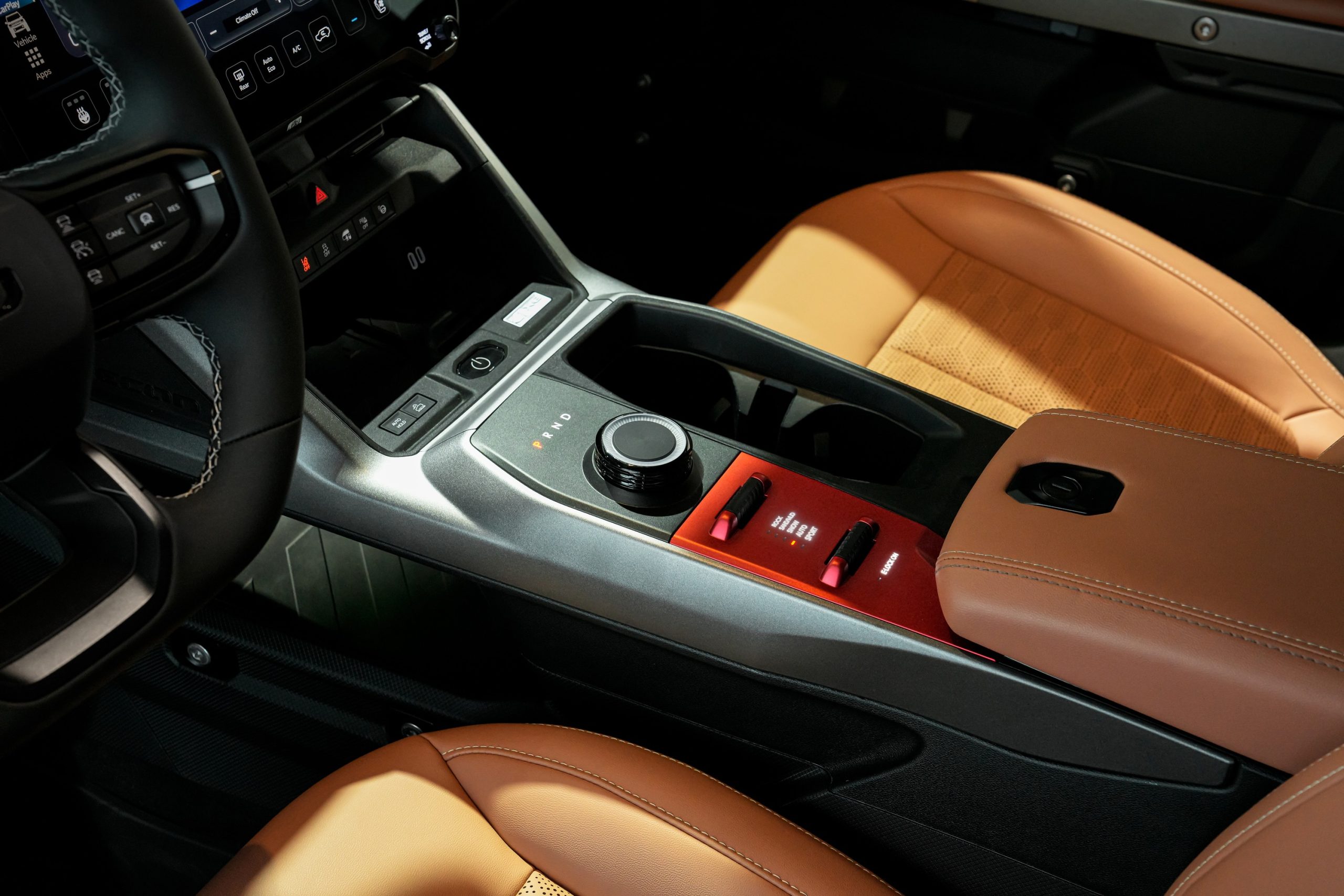
The Moab-exclusive Joshua Tree Tan interior adds a distinctive touch, using earth-toned materials inspired by field research Jeep designers conducted in Joshua Tree National Park. These colors combine with Capri leatherette surfaces, Iron Grey Metallic accents, and Quicksand trim to create a warm, natural, and functional cabin feel.
Tech features are highlighted by Jeep’s largest-ever screen layout: a massive 14.5-inch Uconnect 5C touchscreen with navigation paired with a 12.3-inch digital gauge cluster. The interface blends digital efficiency with thoughtful simplicity, offering digital HVAC controls while retaining physical knobs where drivers expect them. The Trails Offroad app adds pitch and roll monitoring and access to off-road trail databases across the U.S. and Canada.
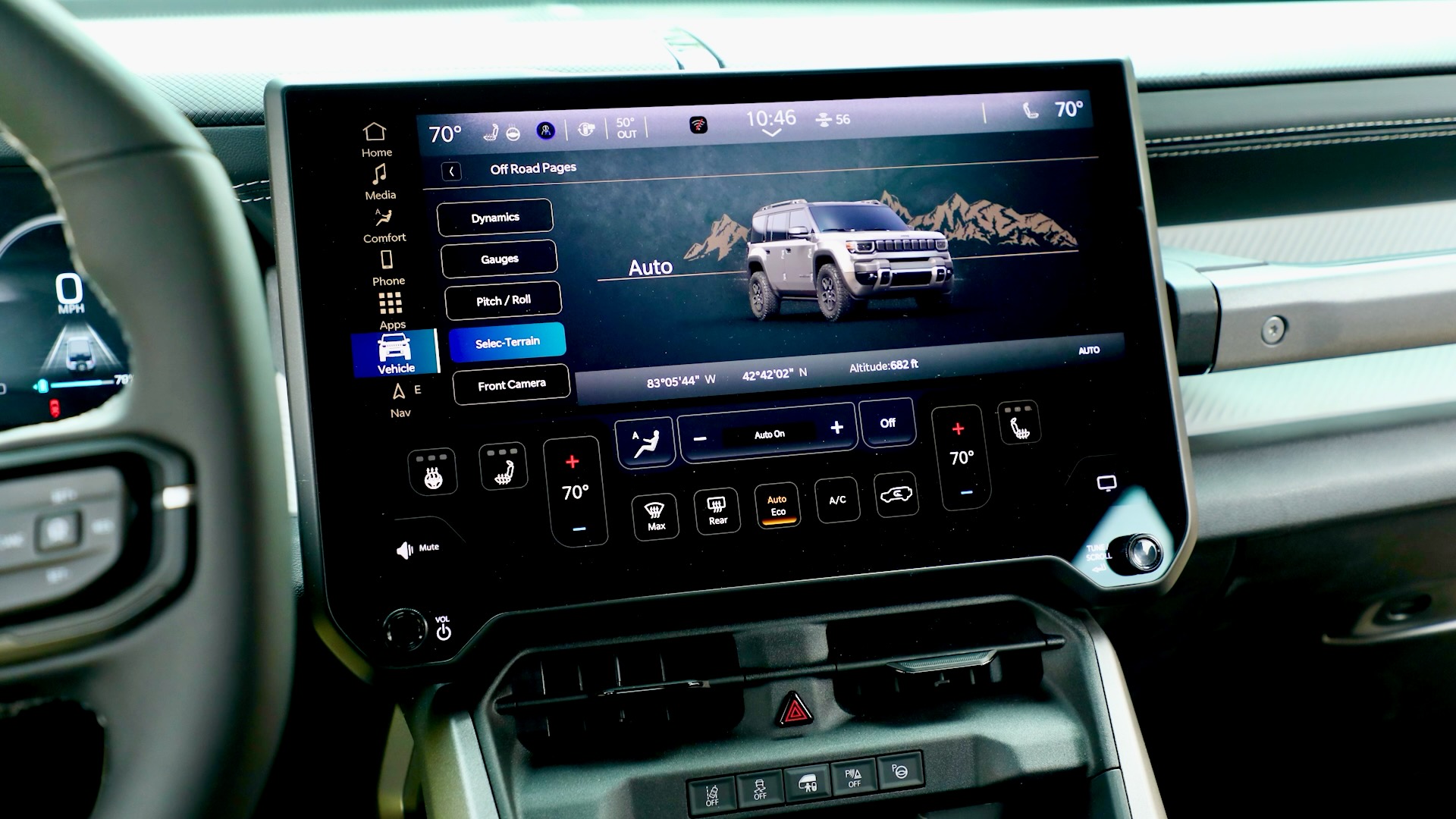
Meanwhile, Dynamic Range Mapping helps plan longer trips by calculating charging needs along the route. Amazon Alexa built-in, a redesigned Jeep mobile app, and a premium Alpine audio system round out the cabin experience.
It’s modern, functional, and built with the needs of real Jeep users in mind.
Powertrain and Capability: Engineered for Jeep Terrain –

Under the skin, the dual-motor electric 4×4 system delivers 650 horsepower and 620 lb-ft of torque, good for 0–60 mph in as little as 3.6 seconds. Importantly, Jeep tuned the torque curve for smooth, predictable delivery, which is essential on technical terrain. The Moab trim is projected to offer up to 230 miles of range, with additional trims expected to offer more.
Capability is where the Recon Moab 4xe truly distinguishes itself. While electric motors naturally deliver instant torque, Jeep engineers tuned the system to behave predictably off-road. Rather than dumping torque all at once, the throttle mapping provides smooth, controlled response across technical terrain.

Two Electric Drive Modules(EDMs)—one front, one rear—handle propulsion. Each EDM integrates the motor, gear reduction, power electronics, and cooling into a compact unit. The front EDM uses an 11:1 gear ratio, while the Moab’s rear EDM uses a lower 15:1 ratio, allowing the motors to deliver significant torque multiplication for crawling. A rear electronic locker improves traction in low-grip situations.
The Recon Moab 4xe includes Jeep’s full Selec-Terrain™ suite: Auto, Sport, Snow, Sand, and the Moab-exclusive Rock mode. Rock mode modifies throttle response, traction control behavior, and torque distribution to overcome uneven terrain. Features like Selec-Speed Control handle low-speed ascents and descents automatically, allowing drivers to focus solely on steering.
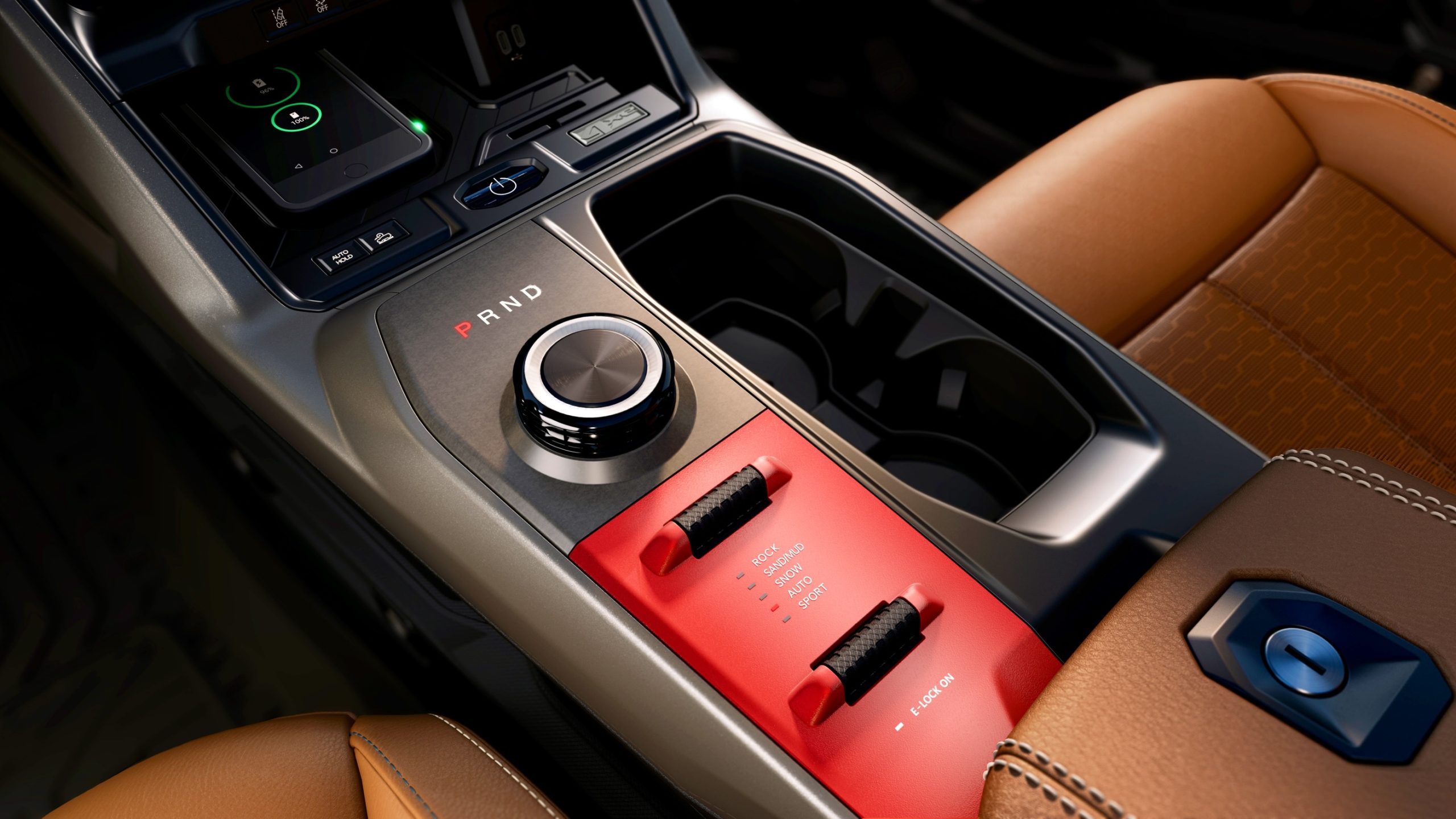
High-strength steel skid plates protect the vehicle’s battery pack and EDMs from rocks and debris, while heavy-duty CV joints and reinforced half shafts ensure durability over time. With its low center of gravity, wide track, and generous approach and departure angles, the Moab 4xe should feel more than confident on rough terrain.
Jeep built this powertrain for real work—not just numbers on a spec sheet.
Specifications (Moab Trim) –
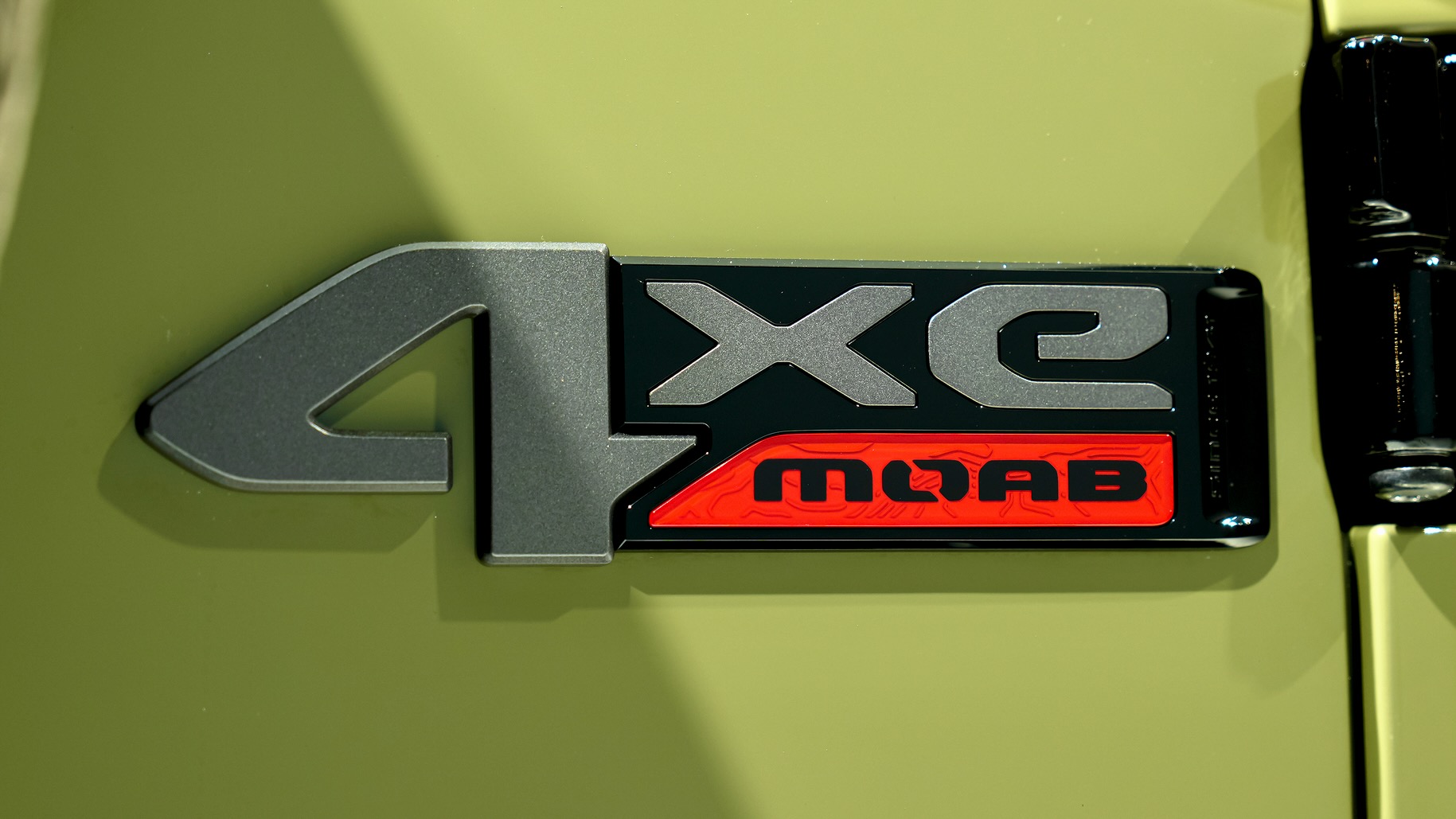
2026 Jeep Recon Moab 4xe — Key Specifications
| Category | Specification |
|---|---|
| POWERTRAIN | |
| Propulsion | Dual Electric Drive Modules (Front & Rear) |
| Total Output | 650 hp / 620 lb-ft |
| Front EDM | 250 kW, 11:1 ratio, open differential |
| Rear EDM | 250 kW, 15:1 ratio, electronic locker |
| Drive System | Full-Time Electric 4×4 |
| 0–60 mph | 3.6 seconds |
| Top Speed | 112 mph |
| BATTERY & CHARGING | |
| Battery Capacity | 100.5-kWh Lithium-Ion (NMC) |
| Voltage | 400V |
| Estimated Range (Moab) | Up to 230 miles |
| Level 1 Charging | ~52 hours (5–80%) |
| Level 2 Charging | ~6.8 hours (5–80%) |
| DC Fast Charge | ~28 minutes (5–80%) |
| Fast Charge Add | ~100 miles in ~10 minutes |
| Battery Protection | Steel Underbody Skid Plates |
| SUSPENSION & BRAKES | |
| Front Suspension | Short-Long Arm (SLA) |
| Rear Suspension | Integral Link |
| Steering | Electric Power Steering, 15.1:1 |
| Turning Diameter | 40.5 ft |
| Front Brakes | 13.78 x 1.39 in vented discs (dual-piston) |
| Rear Brakes | 13.78 x 1.10 in vented discs (single-piston, EPB) |
| DIMENSIONS | |
| Wheelbase | 112.9 in |
| Overall Length | 193.3 in |
| Body Width | 74.8 in |
| Width (Mirrors) | 87.4 in |
| Overall Height | 73.8 in |
| Ground Clearance | 9.1 in |
| Approach Angle | 33.8° |
| Breakover Angle | 23.3° |
| Departure Angle | 33.1° |
| INTERIOR & CARGO | |
| Passenger Volume | 111.3 cu. ft. |
| Cargo Volume (Behind 2nd Row) | 30.3 cu. ft. |
| Cargo Volume (Max) | 65.9 cu. ft. |
| Frunk Volume | 3.0 cu. ft. |
| Front Headroom | 42.3 in |
| Rear Headroom | 40.6 in |
| Front Legroom | 41.4 in |
| Rear Legroom | 38.5 in |
| WEIGHTS & TOWING | |
| Curb Weight | 6,112 lbs |
| GVWR | 7,000 lbs |
| Payload | 850 lbs |
| Weight Distribution | 49.4% / 50.6% |
| Tow Rating | 3,300 lbs |
| WHEELS & TIRES | |
| Wheel Size | 18 x 8.5 in |
| Tire Size | 265/70R18 (33-inch A/T) |
| Tire Model | Nexen Roadian ATX |
| PRICING | |
| Base Recon Price | $65,000 |
| Destination Charge | $1,995 |
| Total Starting Price | $66,995 |
Colors: A Broad Palette With Room to Grow –
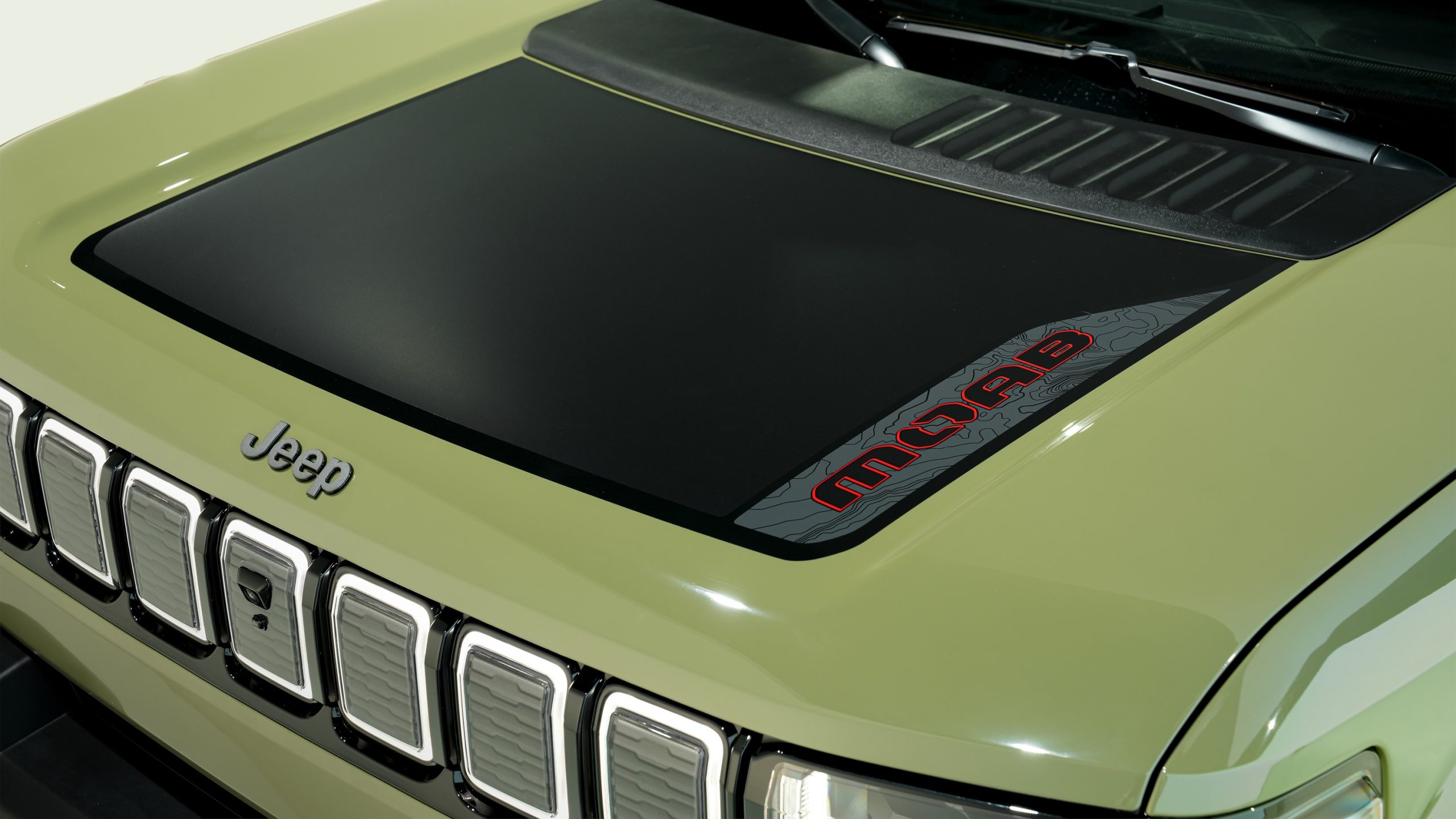
Jeep is launching the 2026 Recon Moab 4xe with a bold, diverse lineup of ten exterior colors, blending classic Jeep tones with fresh, modern finishes. At launch, buyers will be able to choose from:
-
Bright White
-
Silver Zynith
-
Sting Grey
-
Diamond Black
-
Red Hot
-
Hydro Blue
-
Copper Shino
This opening palette gives the Recon Moab 4xe a mix of heritage, attitude, and personality right out of the gate. But Jeep isn’t stopping at ten colors. Jeep has confirmed that the Recon lineup will follow a Wrangler-style color strategy, meaning we can expect rotating special-edition colors, limited-run shades, and annual refreshes.
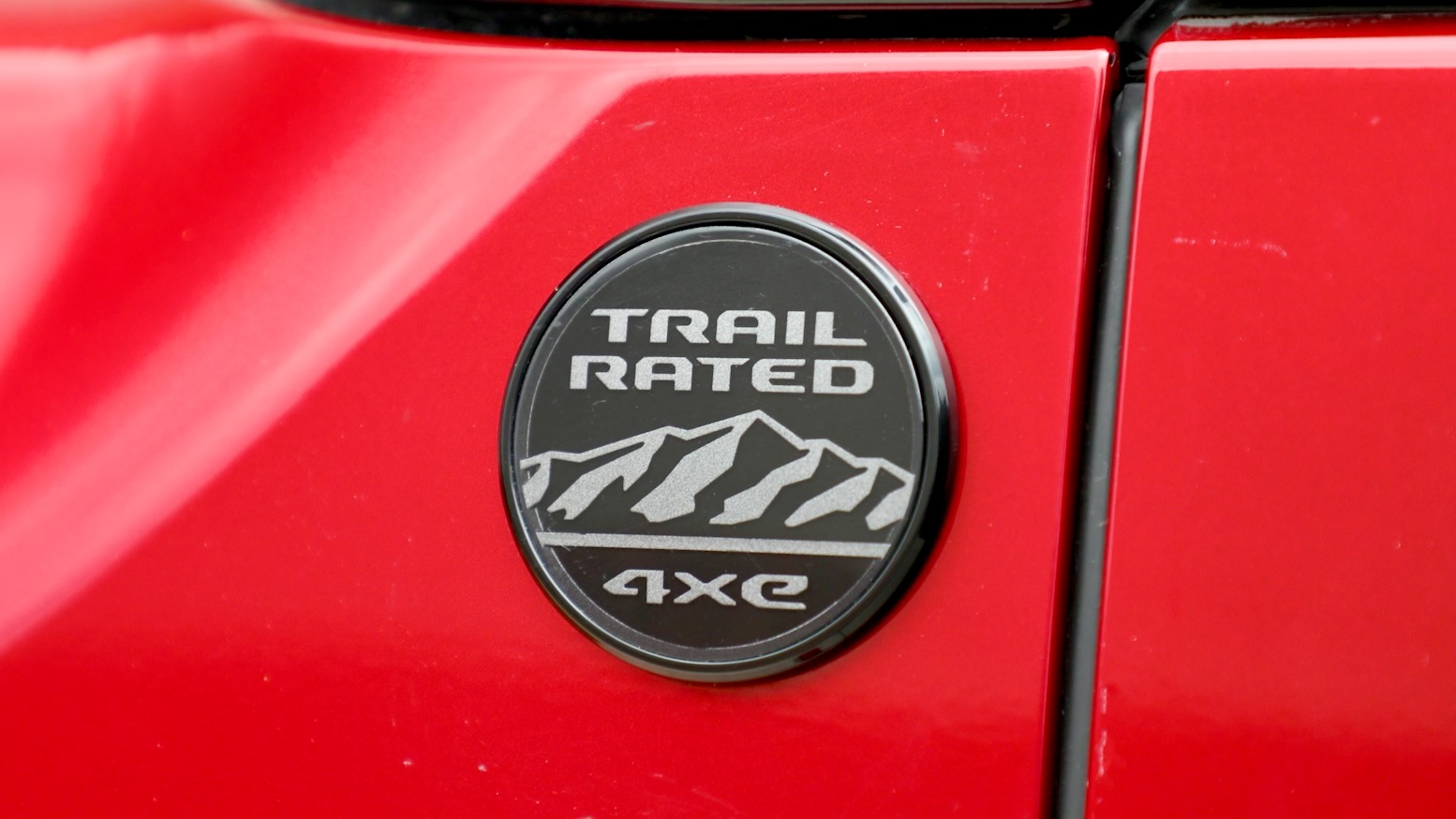
This approach has worked incredibly well for Wrangler buyers who love exclusive, collectible hues, and it makes perfect sense for Recon customers as well. The SUV’s sharp lines and boxy proportions lend themselves to bold paint choices, and Jeep plans to keep the palette evolving well beyond launch.
In short, expect the Recon Moab 4xe to keep the color excitement coming—just like its Wrangler cousin.
Pricing and Availability –
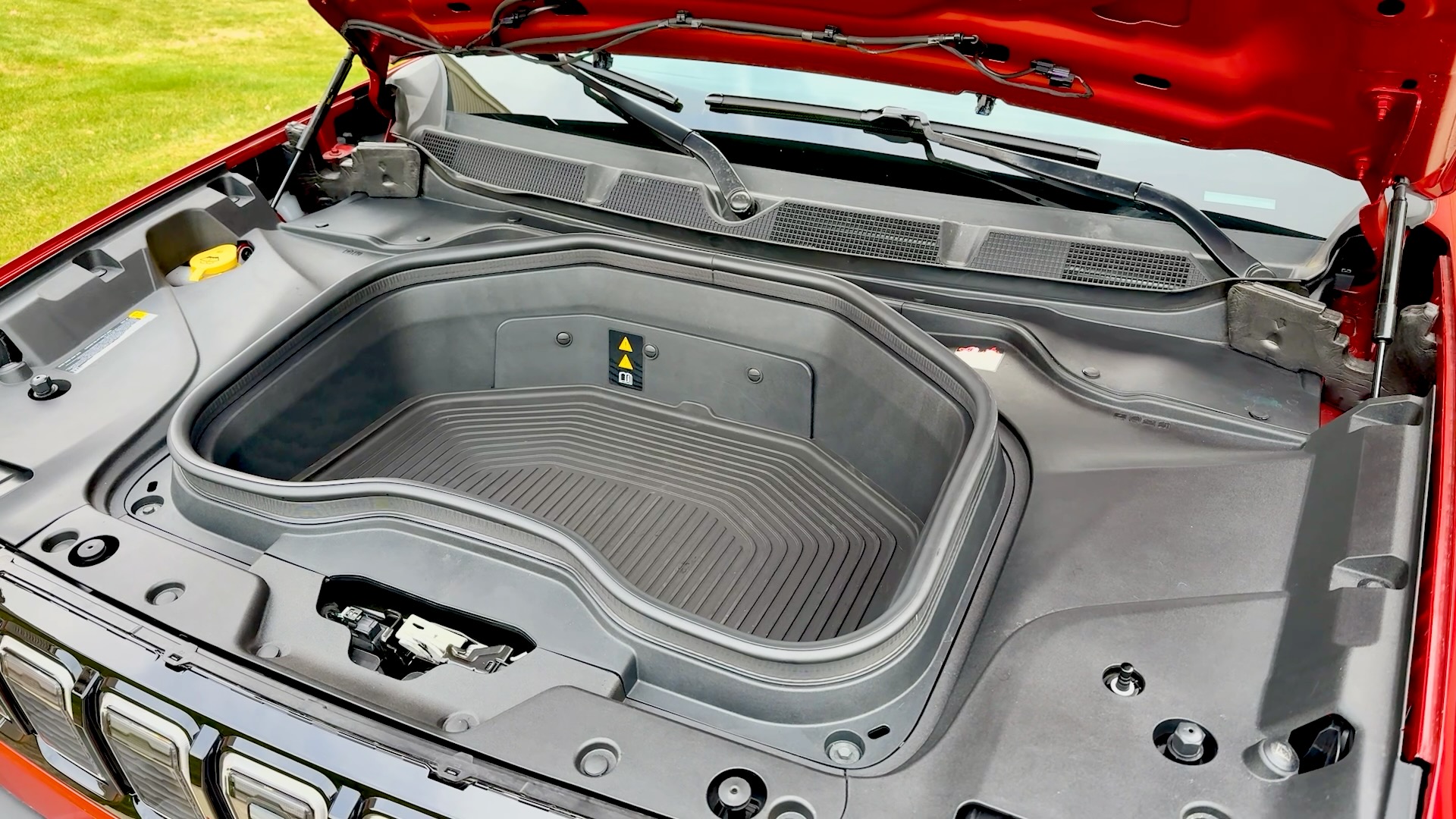
Jeep says that the 2026 Recon lineup will start at $65,000, and that price does not include the mandatory $1,995 destination charge. With destination, the starting price comes to $66,995 before any incentives or options.
Additional trims will join the lineup later, offering more configurations down the road.
Manufacturing will begin in early 2026 at the Toluca Assembly Plant in Mexico, with initial availability in the U.S. and Canada before expanding to other markets.
Thoughts –
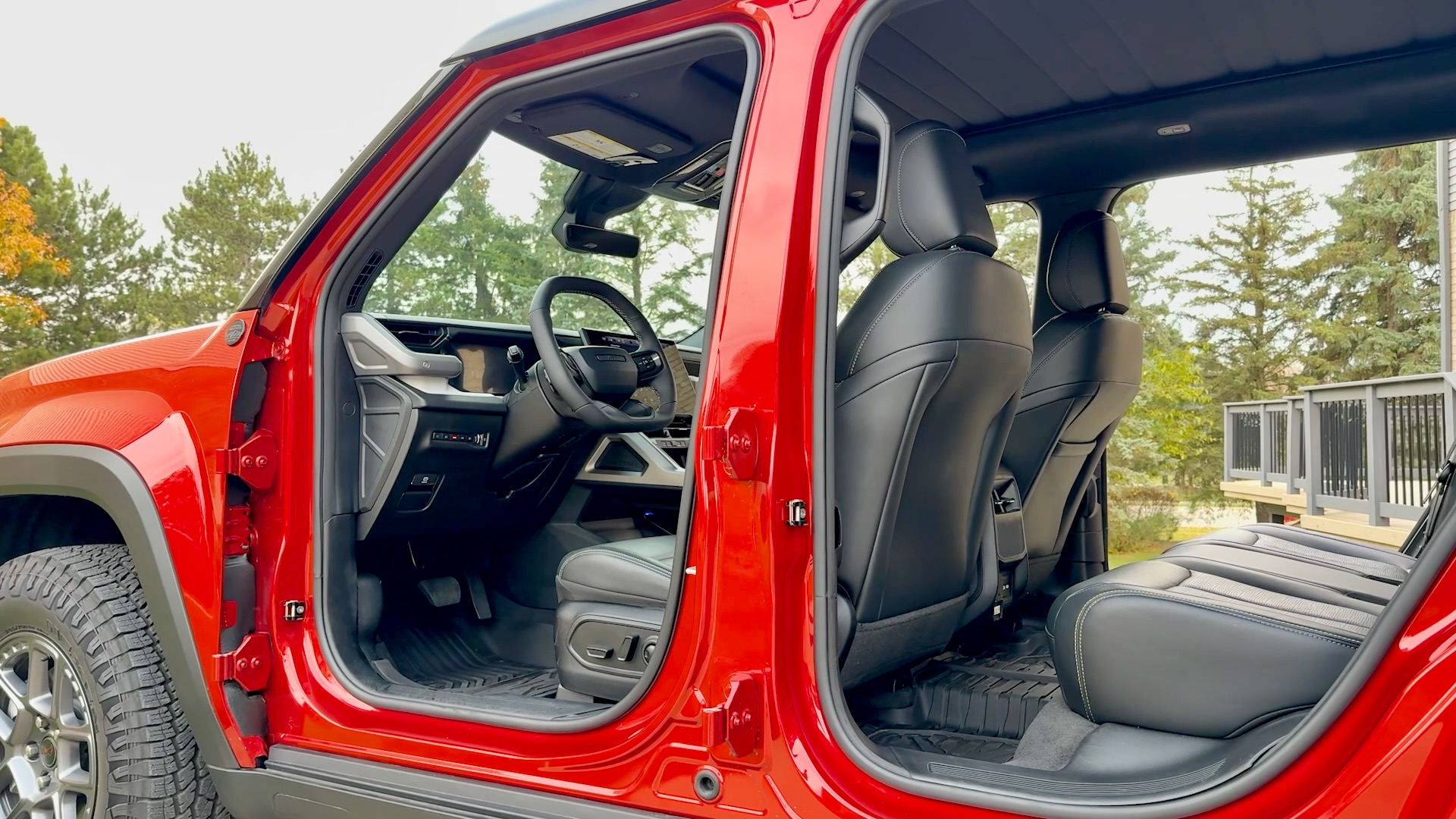
The Recon reveal proves that Jeep set out to build a fully electric SUV that performs like a real Jeep, not just one that looks the part. With removable doors, real off-road hardware, and torque delivery tuned for trail control, the Moab trim shows Jeep wasn’t interested in half-measures.
Launching with the Moab trim was the right call. It gives the Recon lineup a strong, capability-focused foundation and shows exactly what this platform can do before the additional trims arrive.
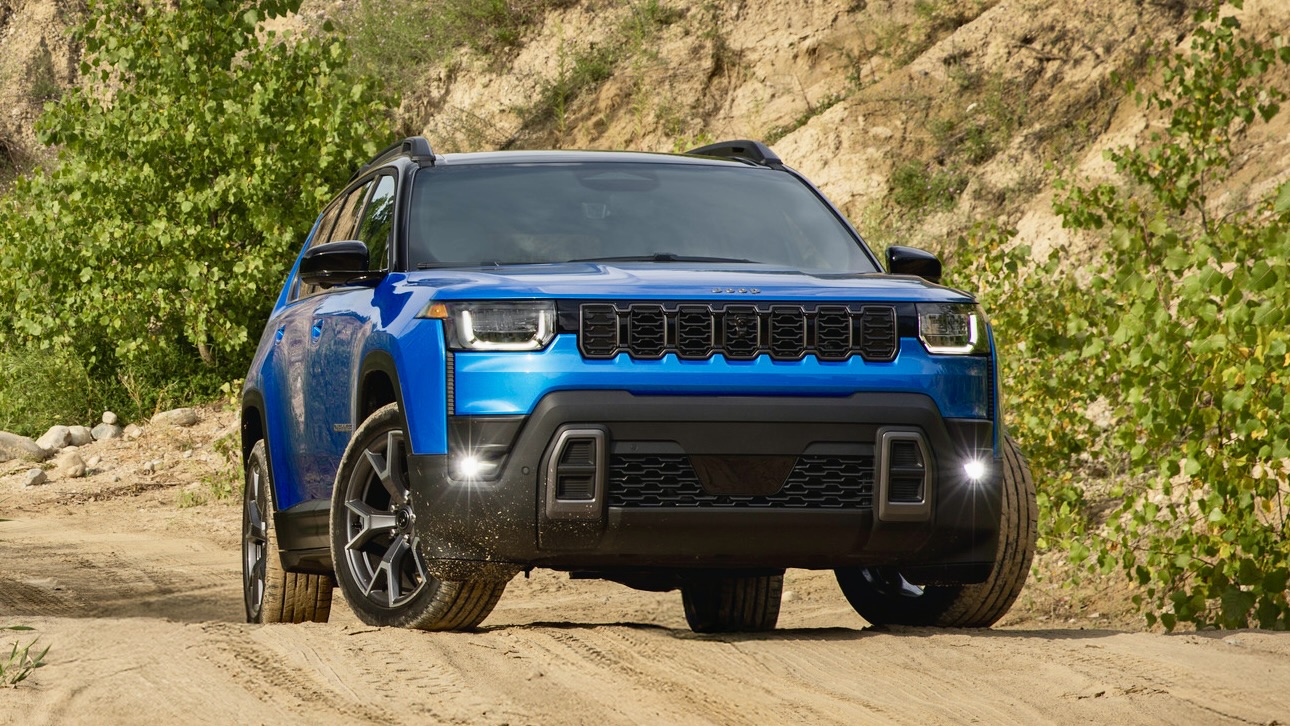
What’s most interesting is how the Recon feels more like a spiritual successor to the 1984–2001 Cherokee (XJ) than the upcoming 2026 Cherokee (KM). Its boxy stance, trail-first engineering, and straightforward mission echo what made the XJ such a legend.
And it does make you wonder: if Jeep had launched the Recon as a hybrid instead of a full EV, would the brand have even needed the new Cherokee (KM)? A hybrid Recon with the Cherokee name could have easily filled that gap while delivering the capability buyers expect.
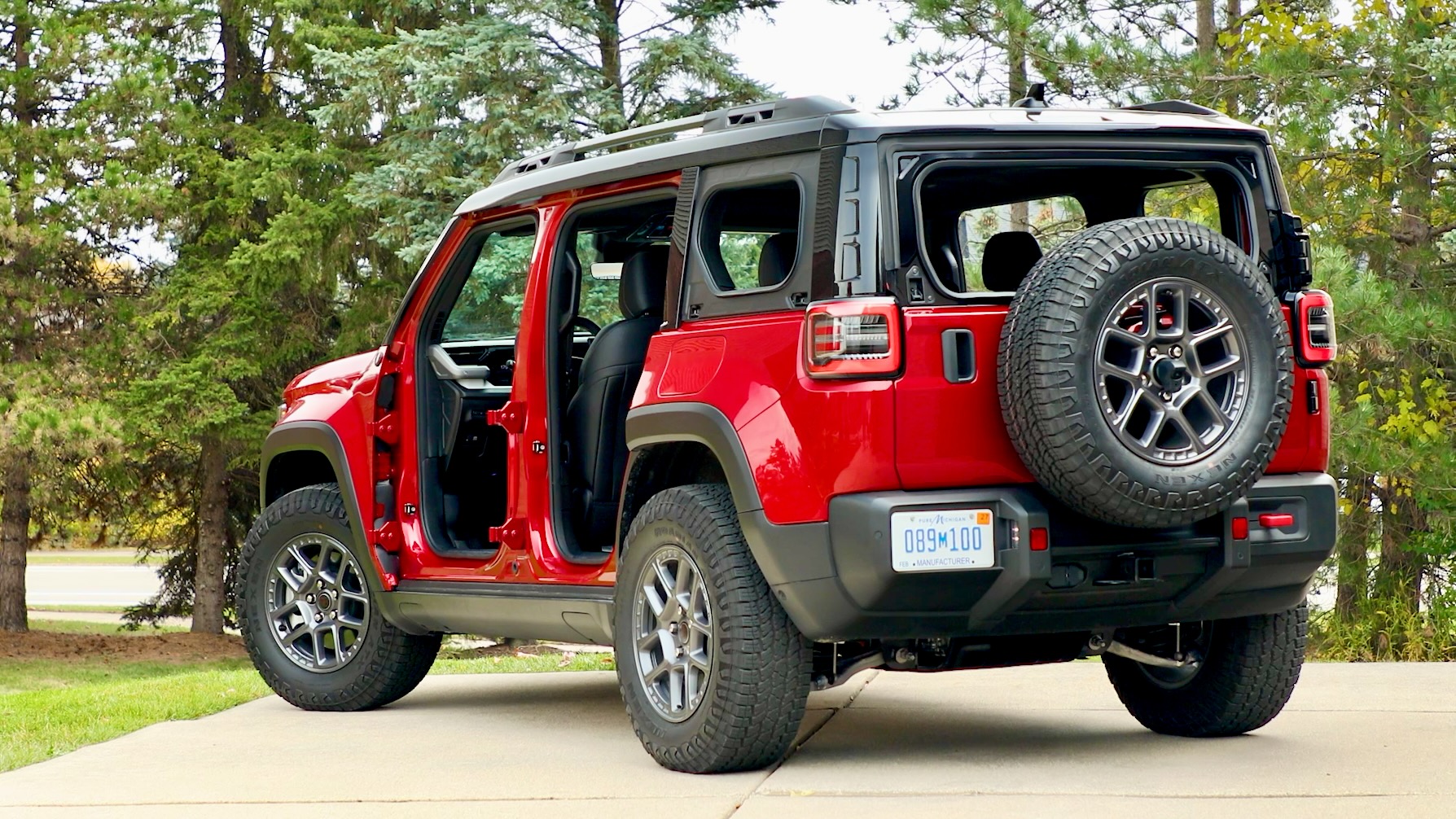
For Jeep loyalists, the Recon stands out as one of the most compelling new models the brand has introduced in years—arguably more “Cherokee” in spirit than the new Cherokee itself.

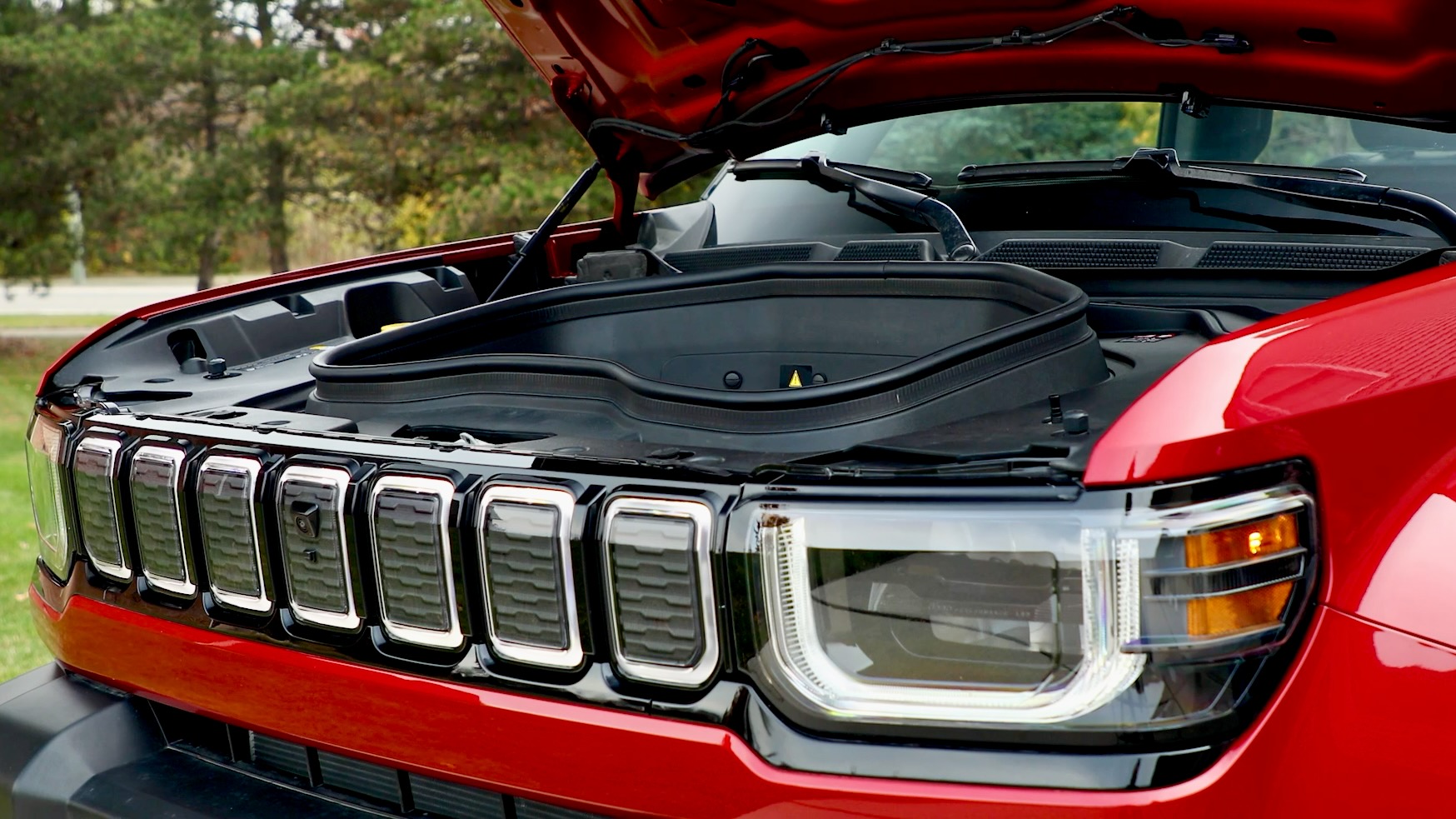
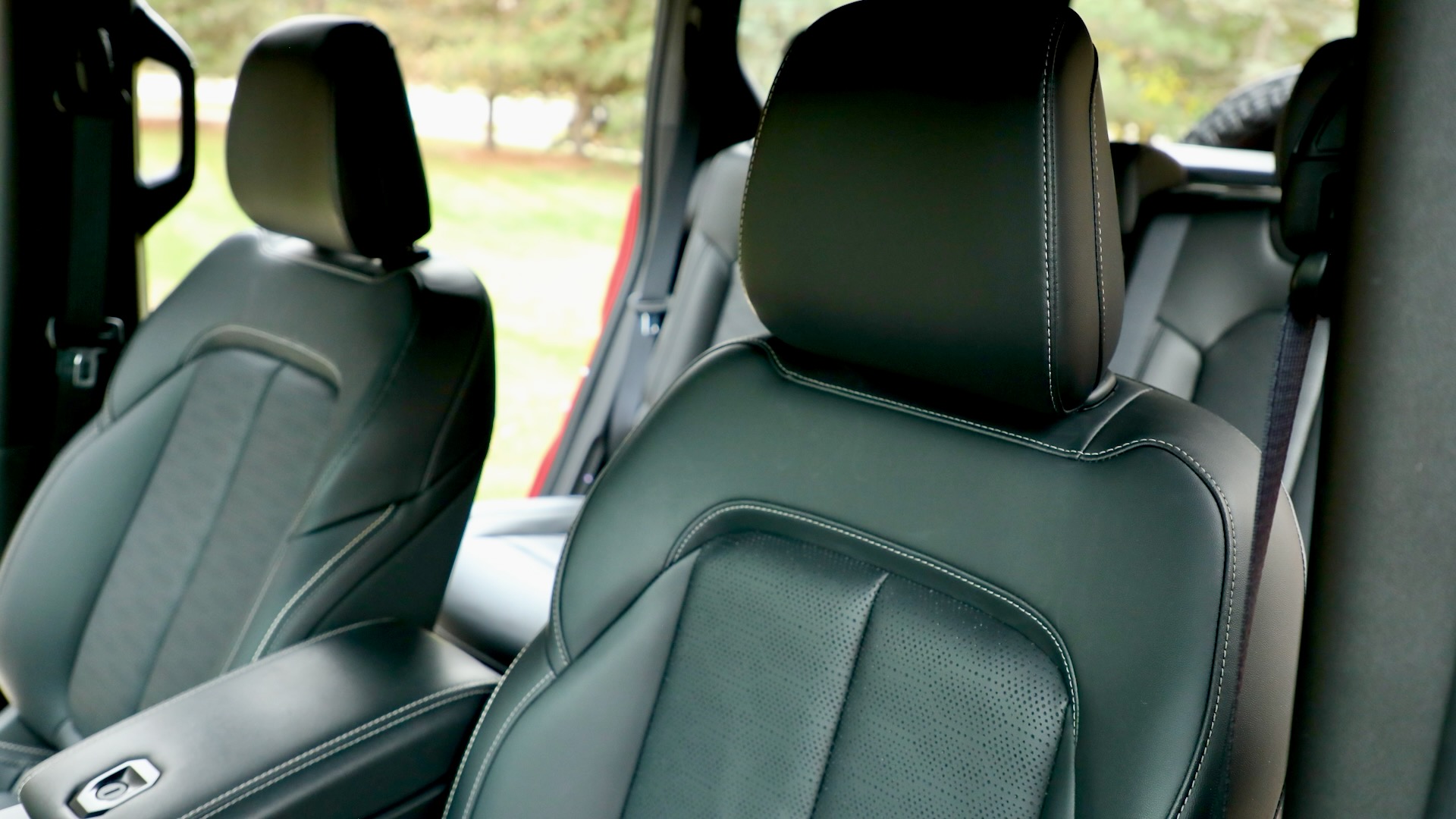
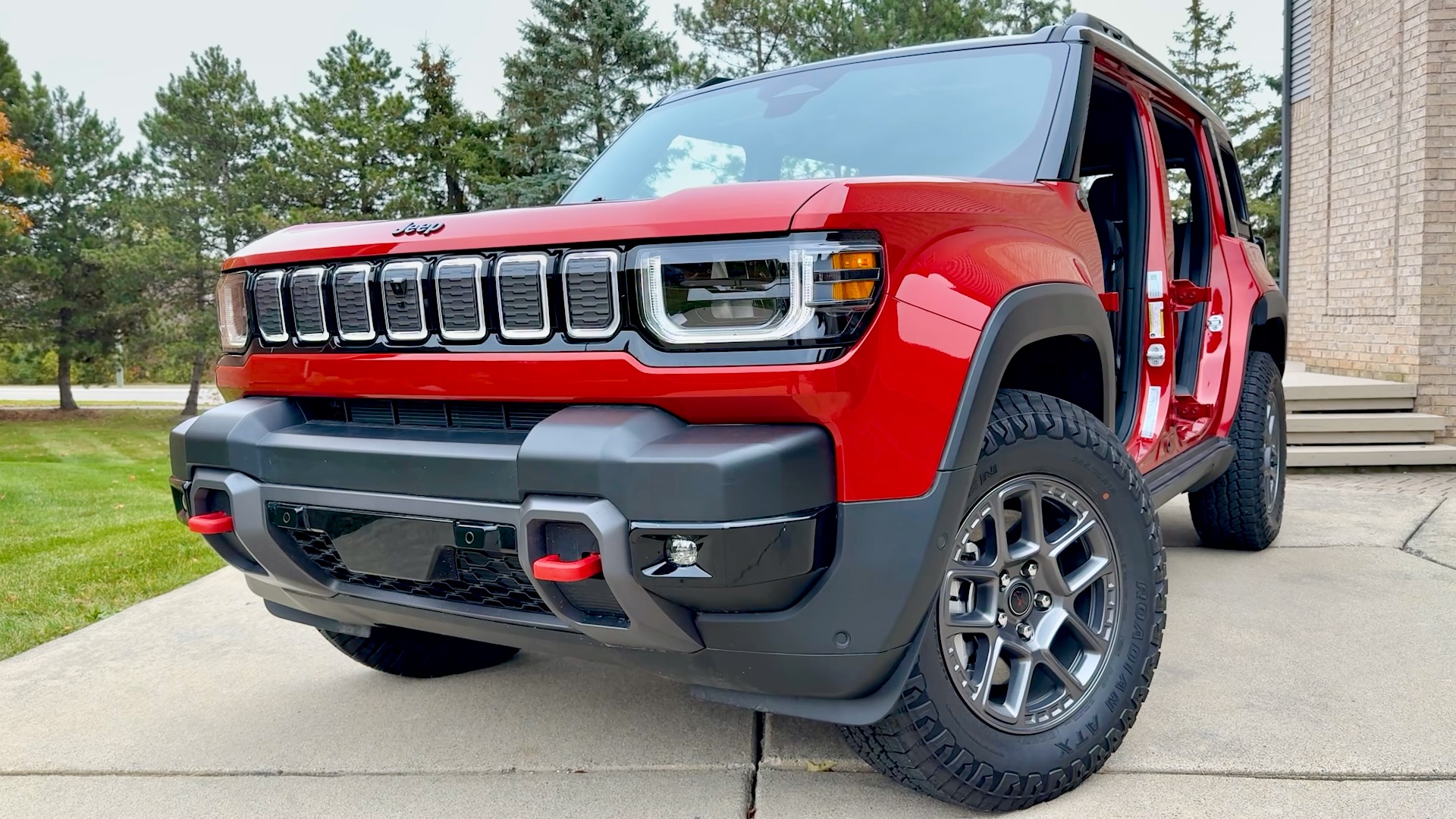
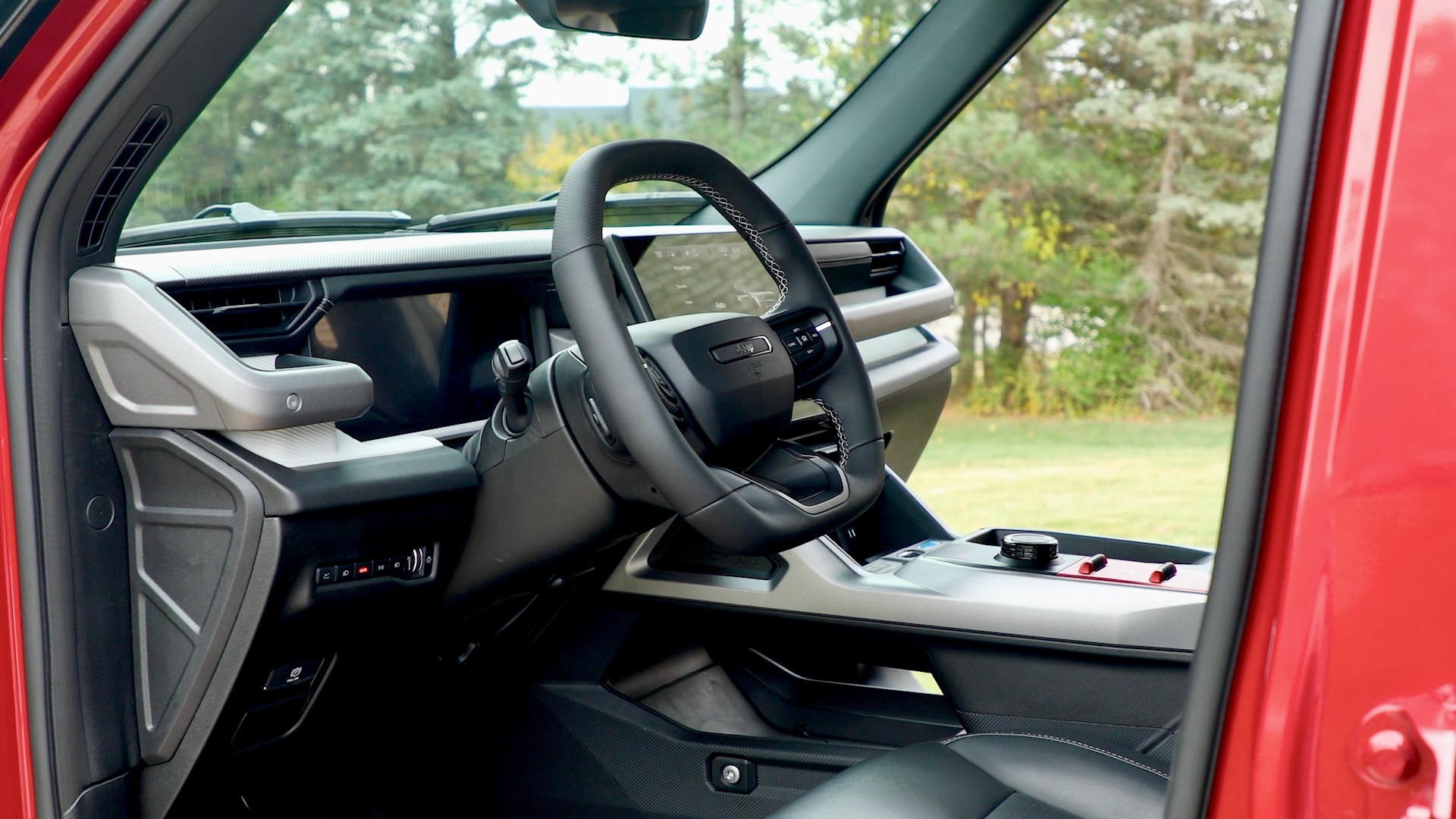

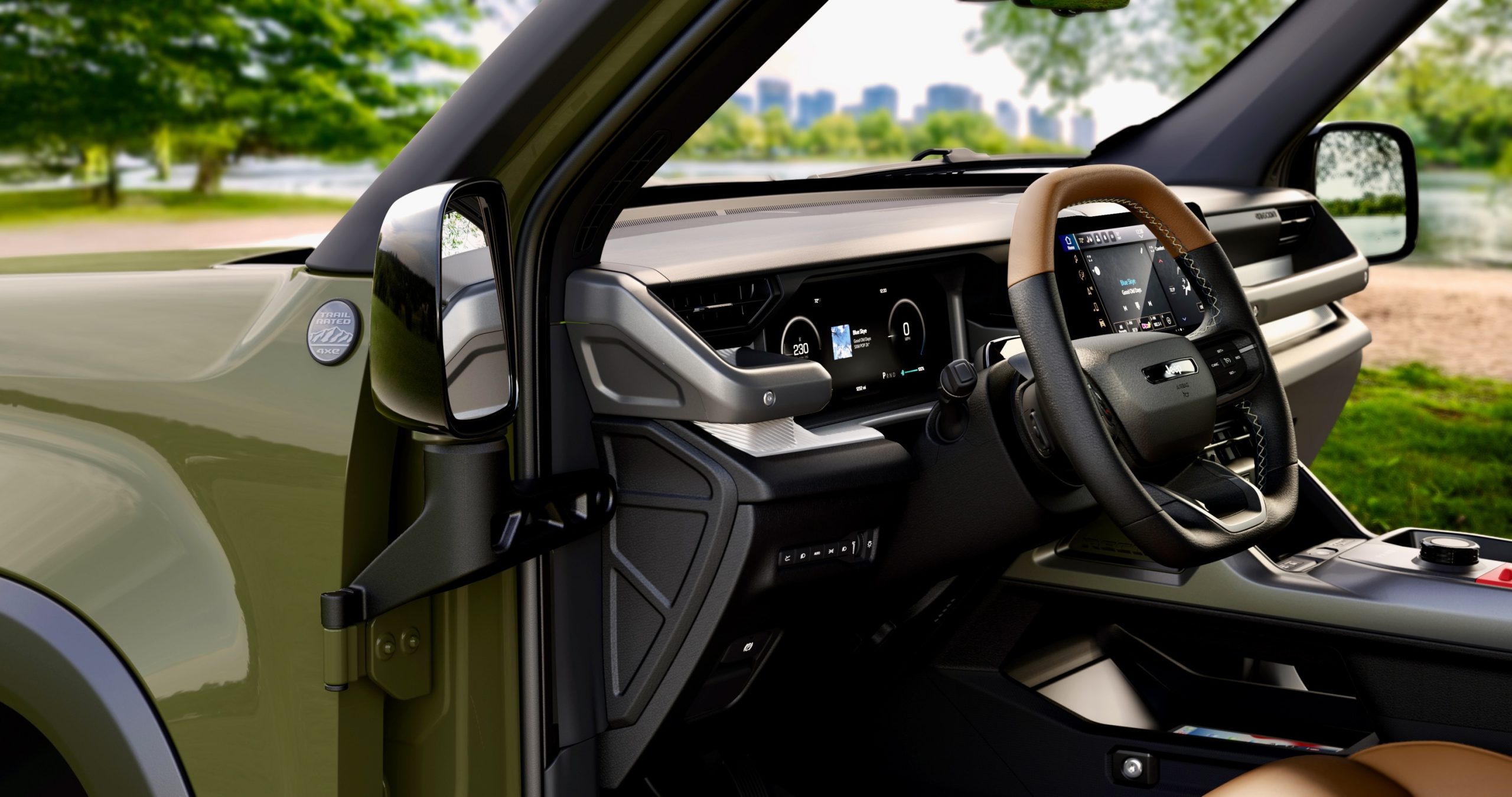
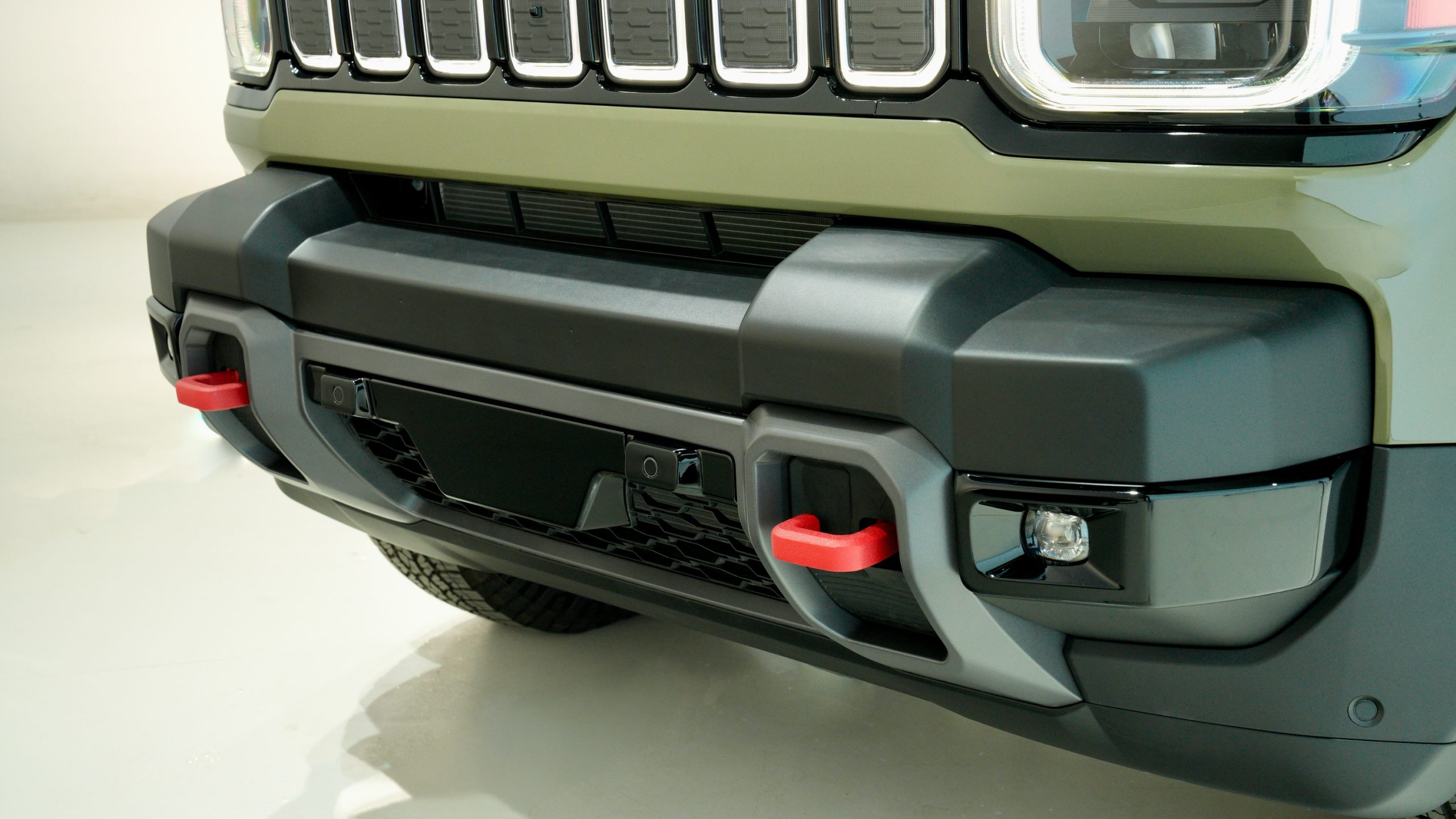
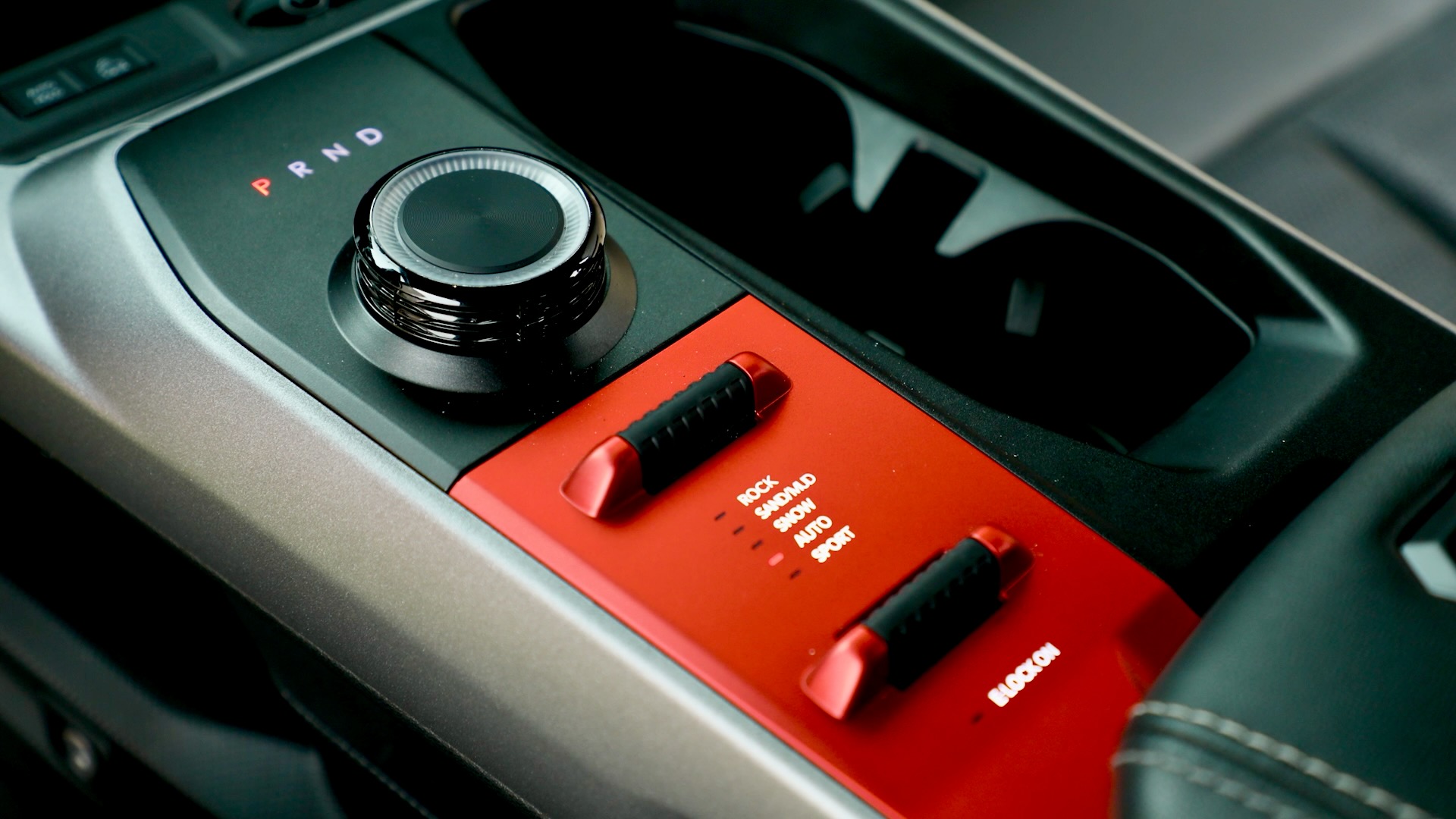
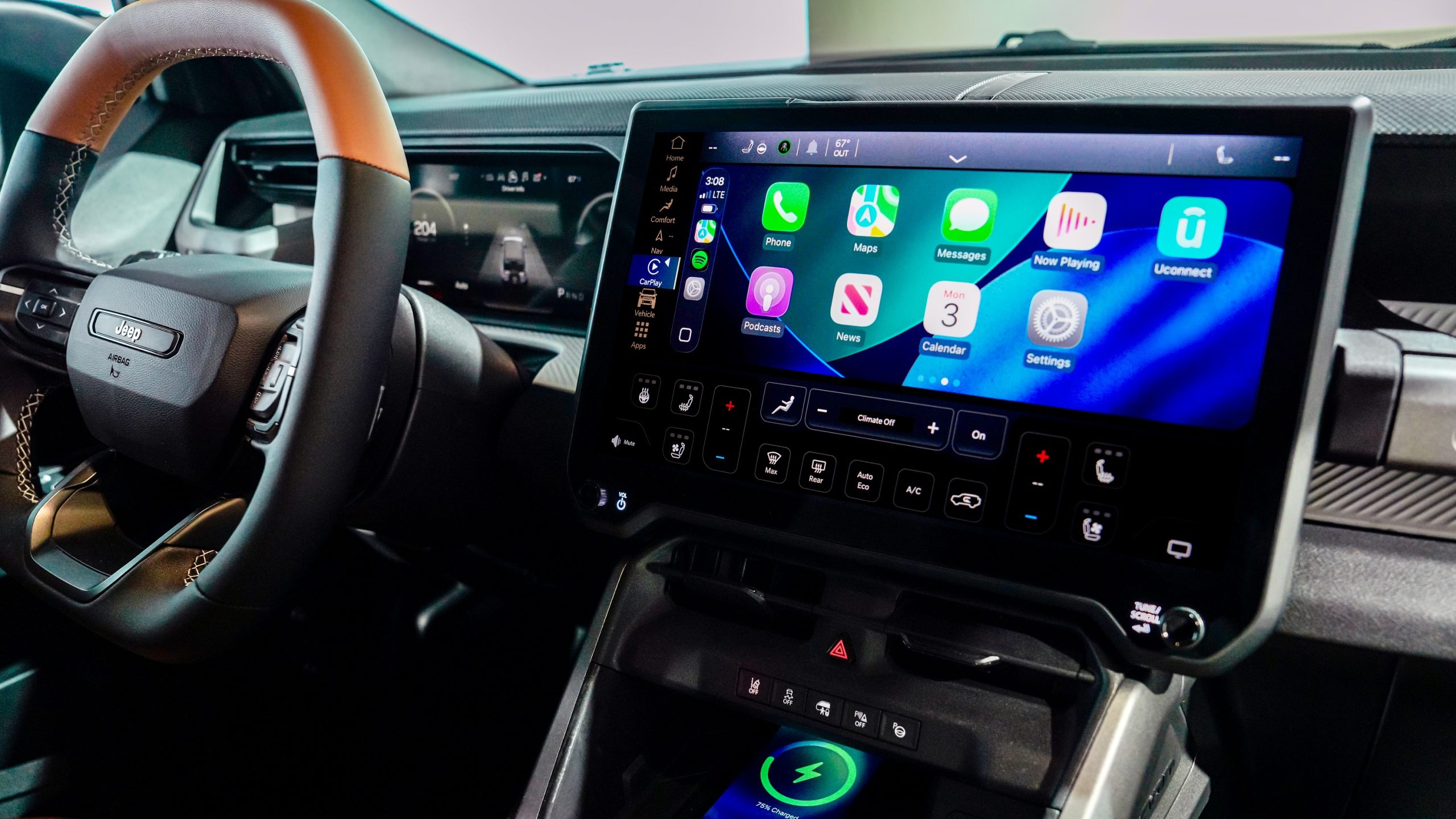
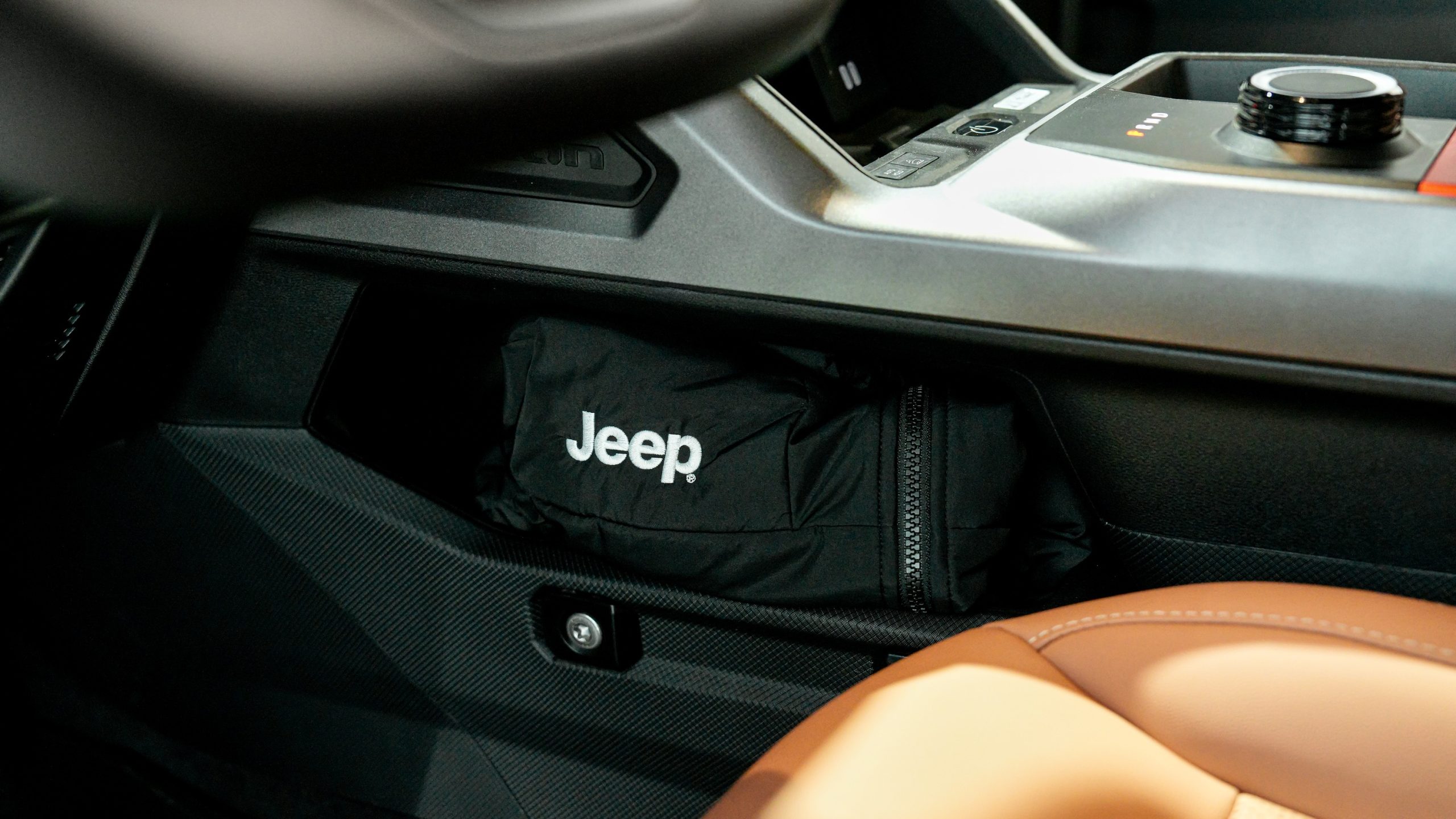
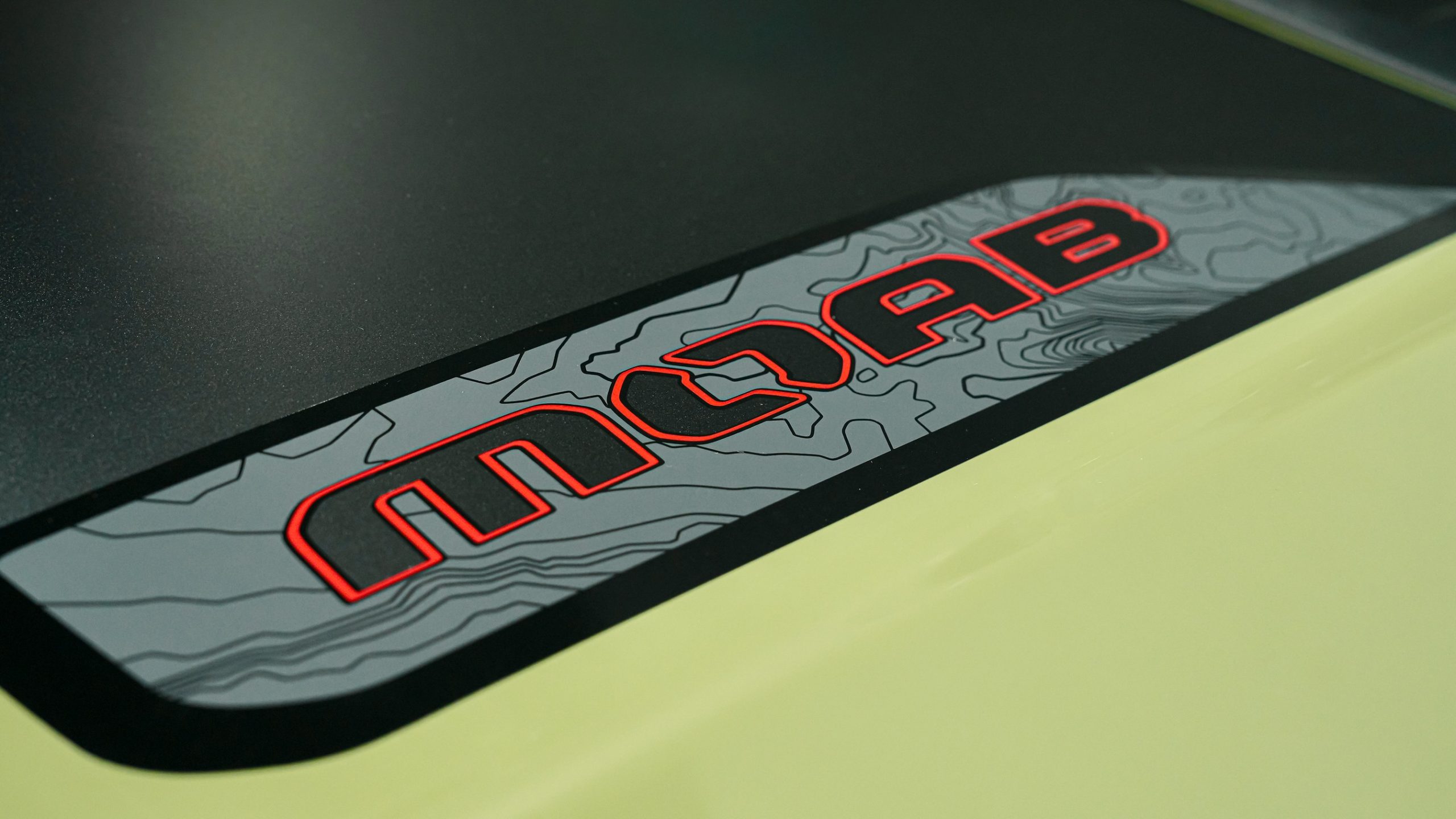
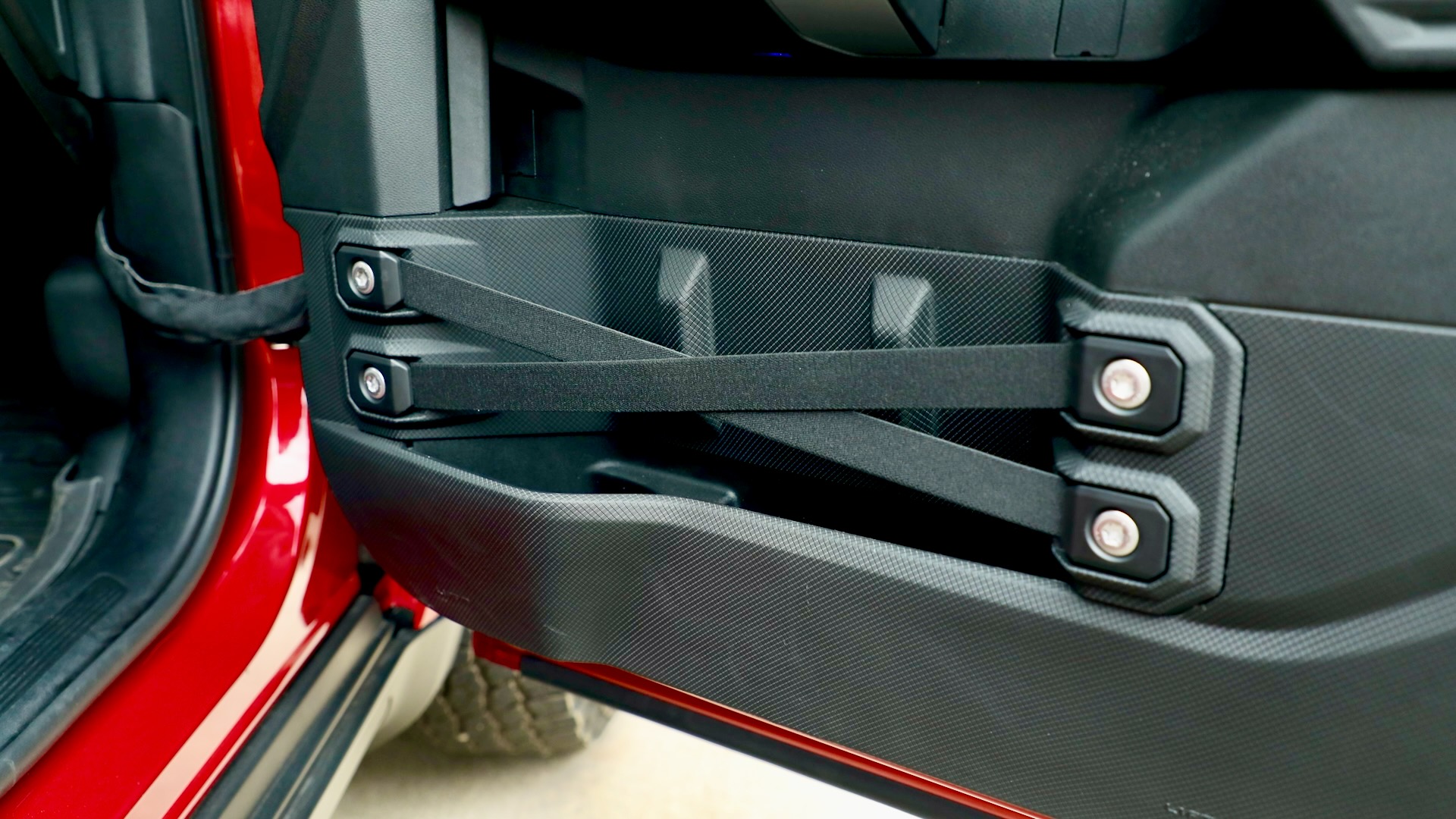
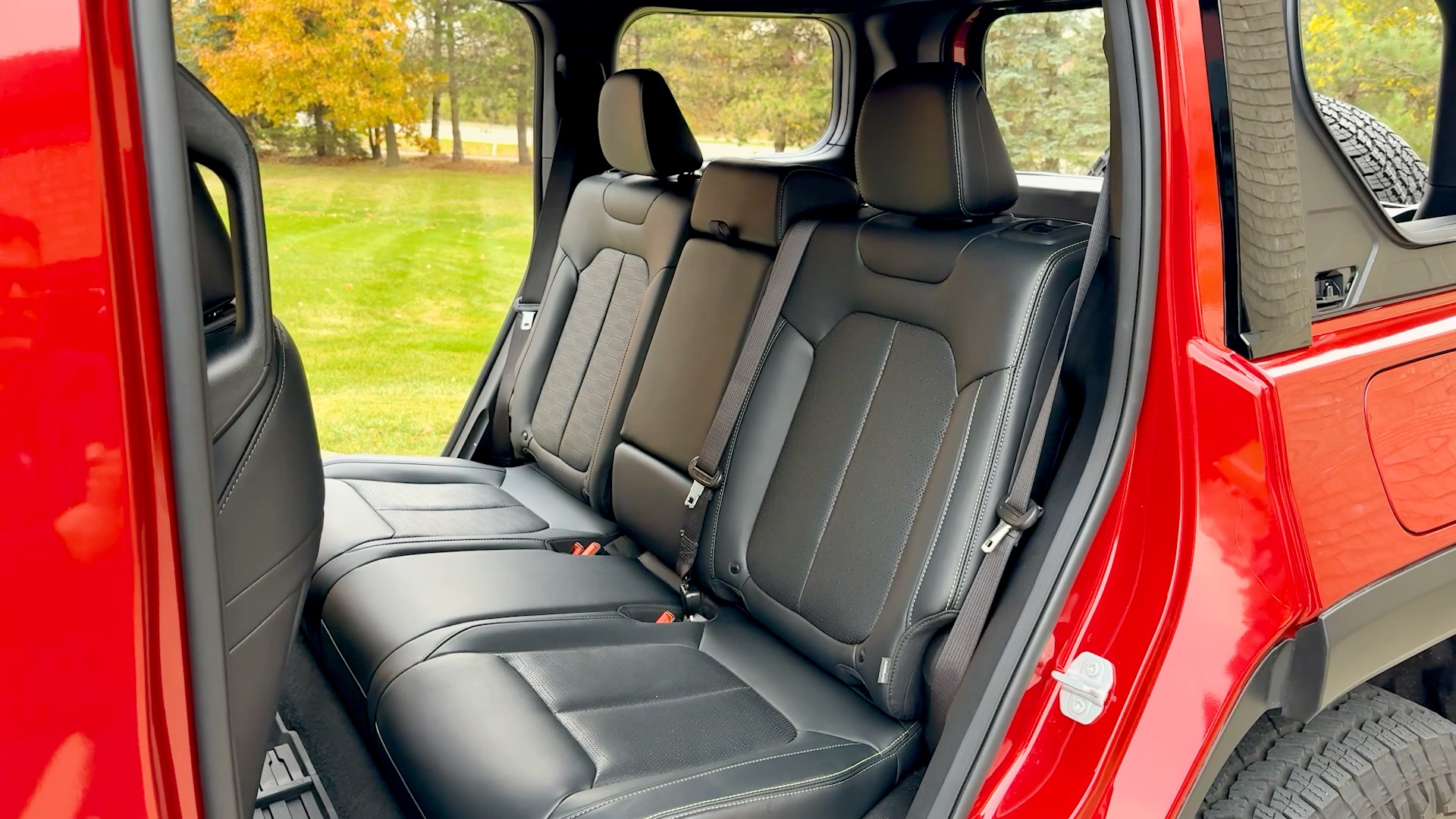
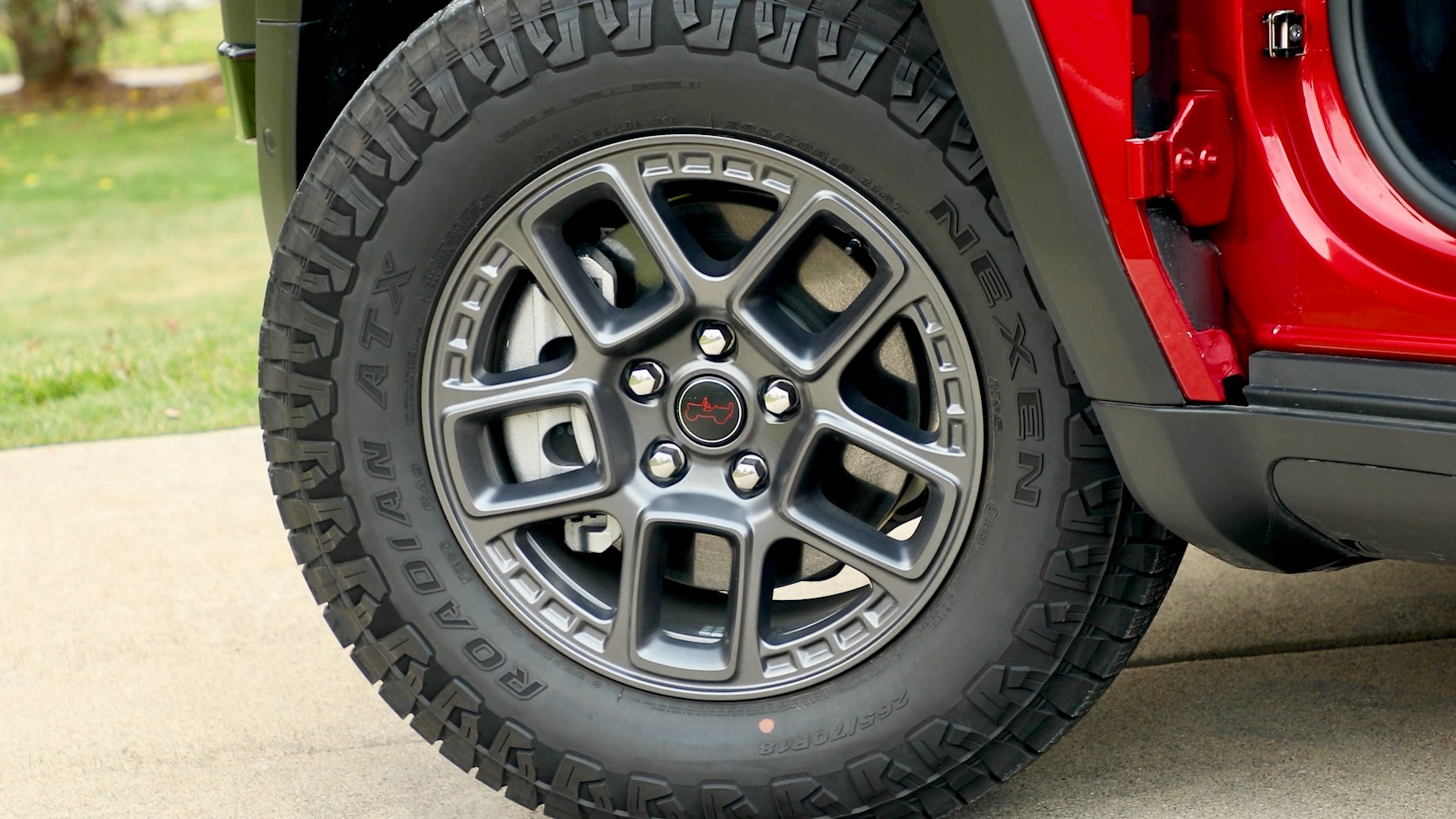
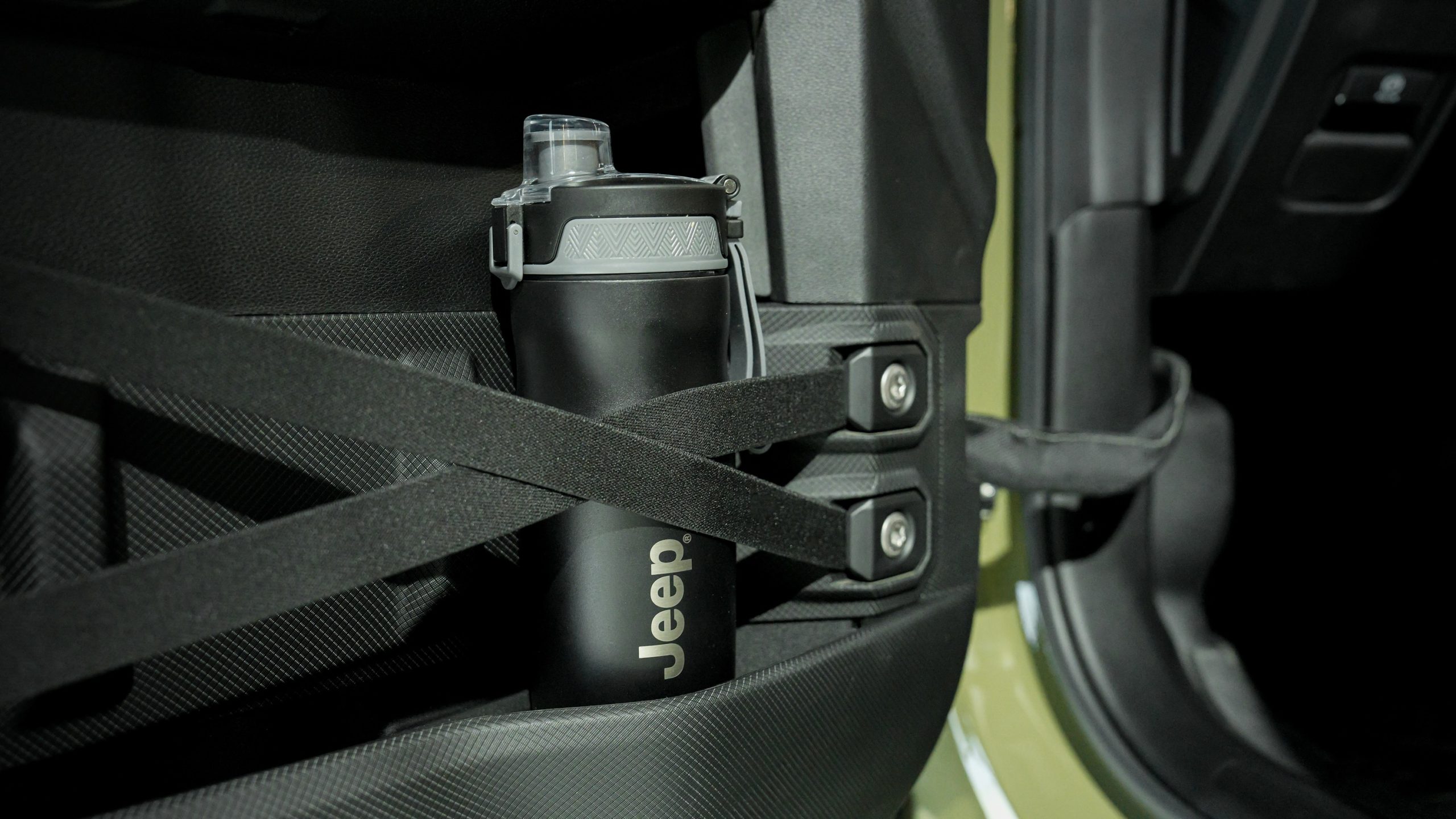
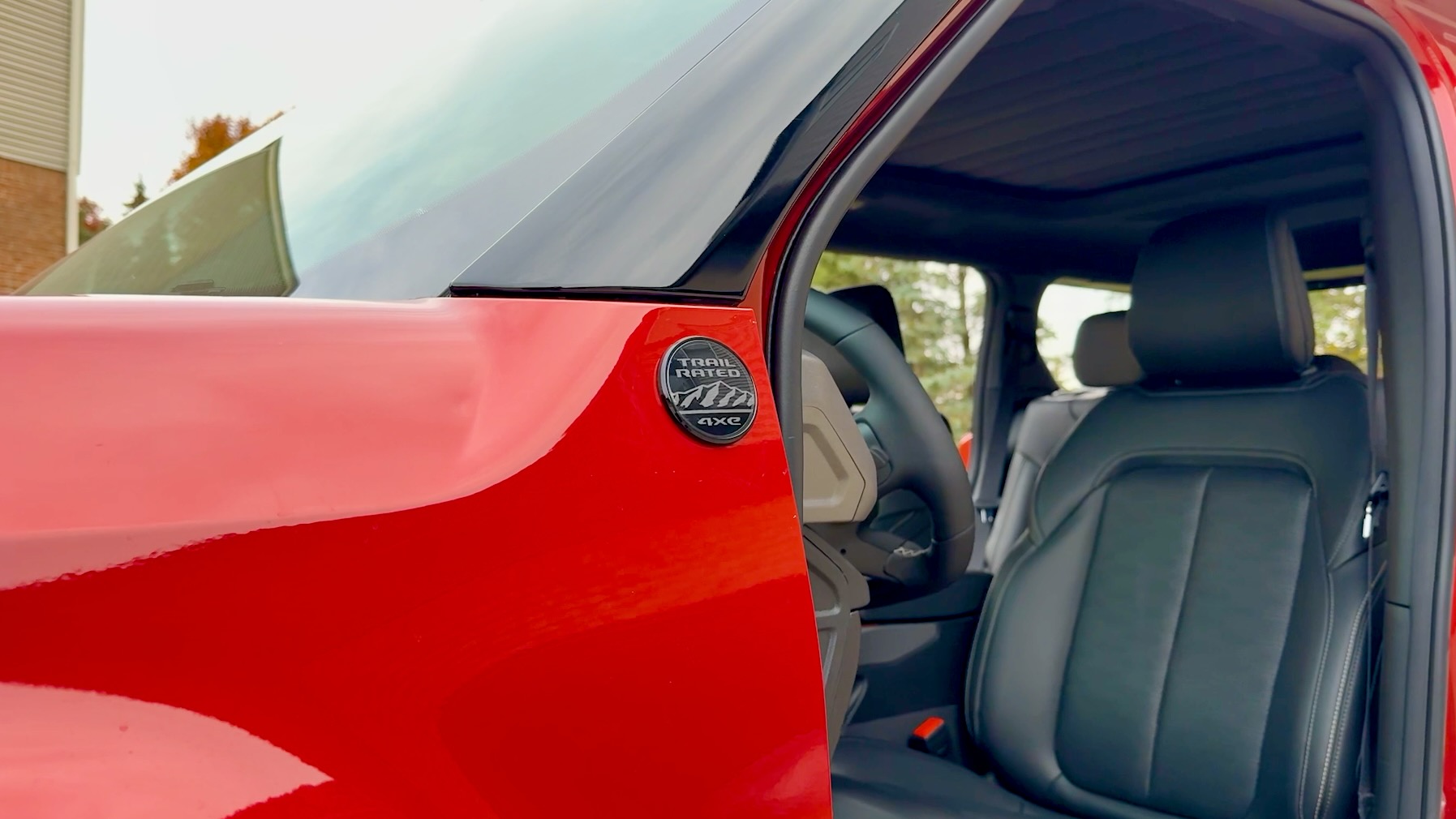
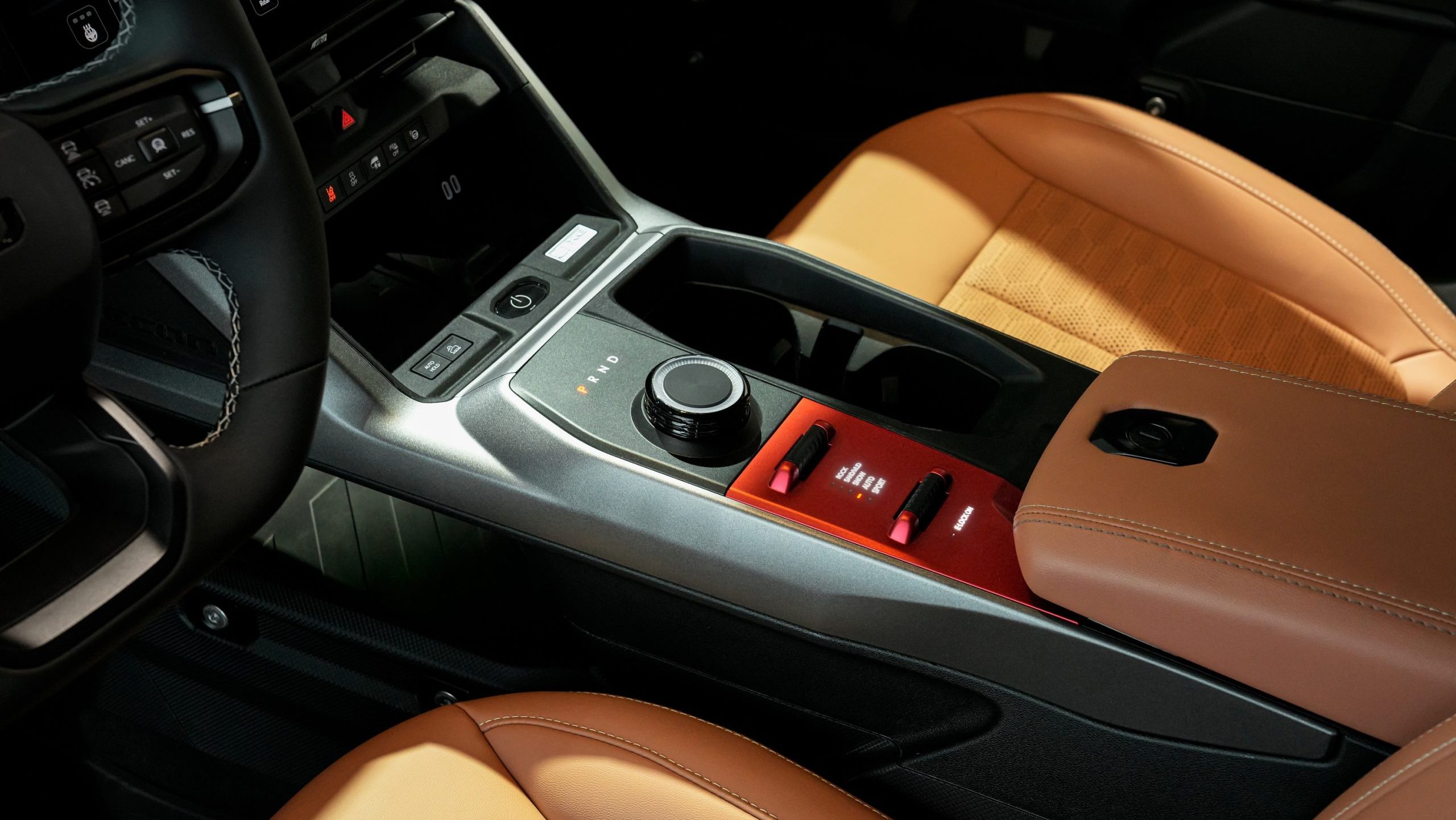
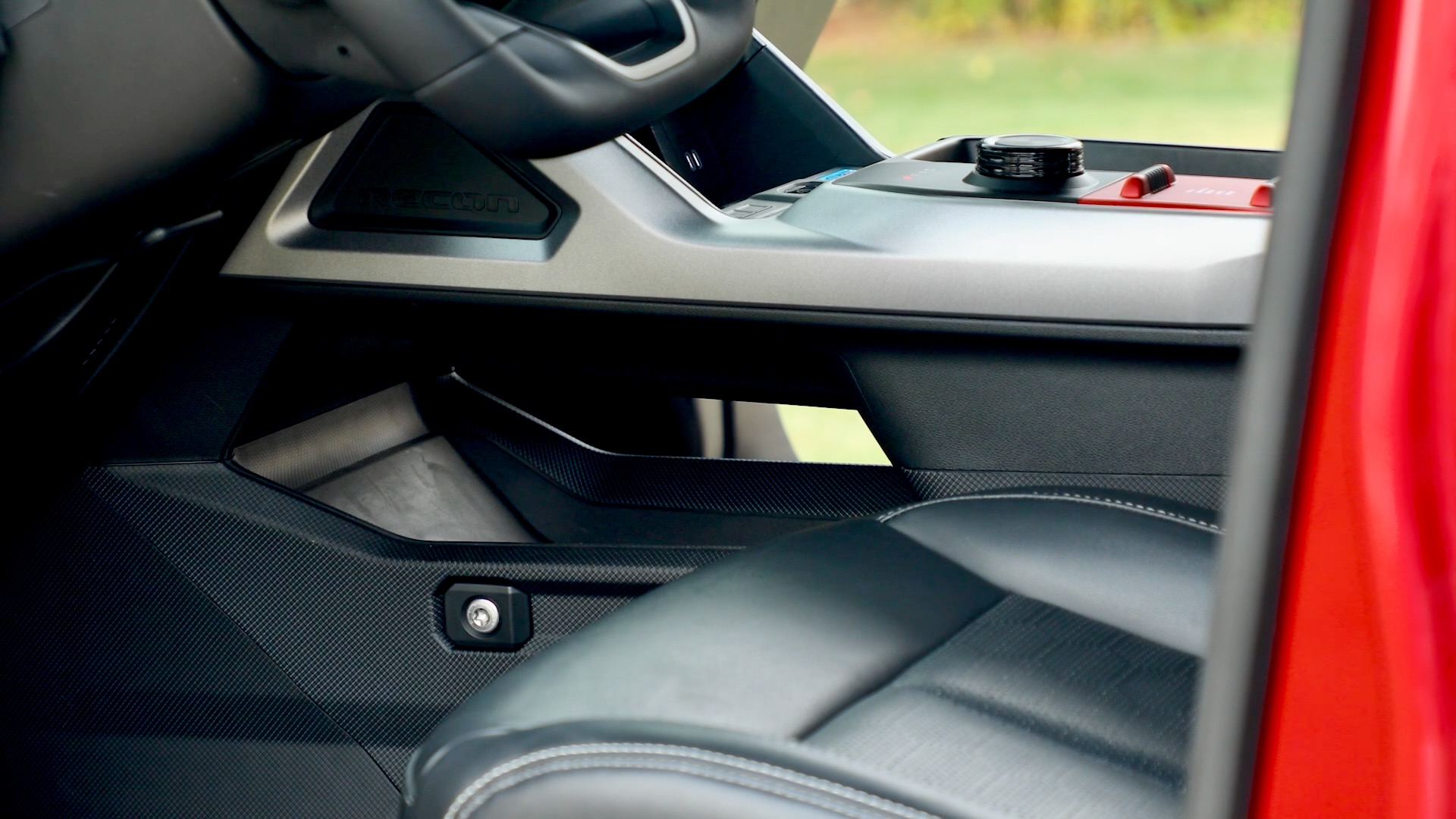
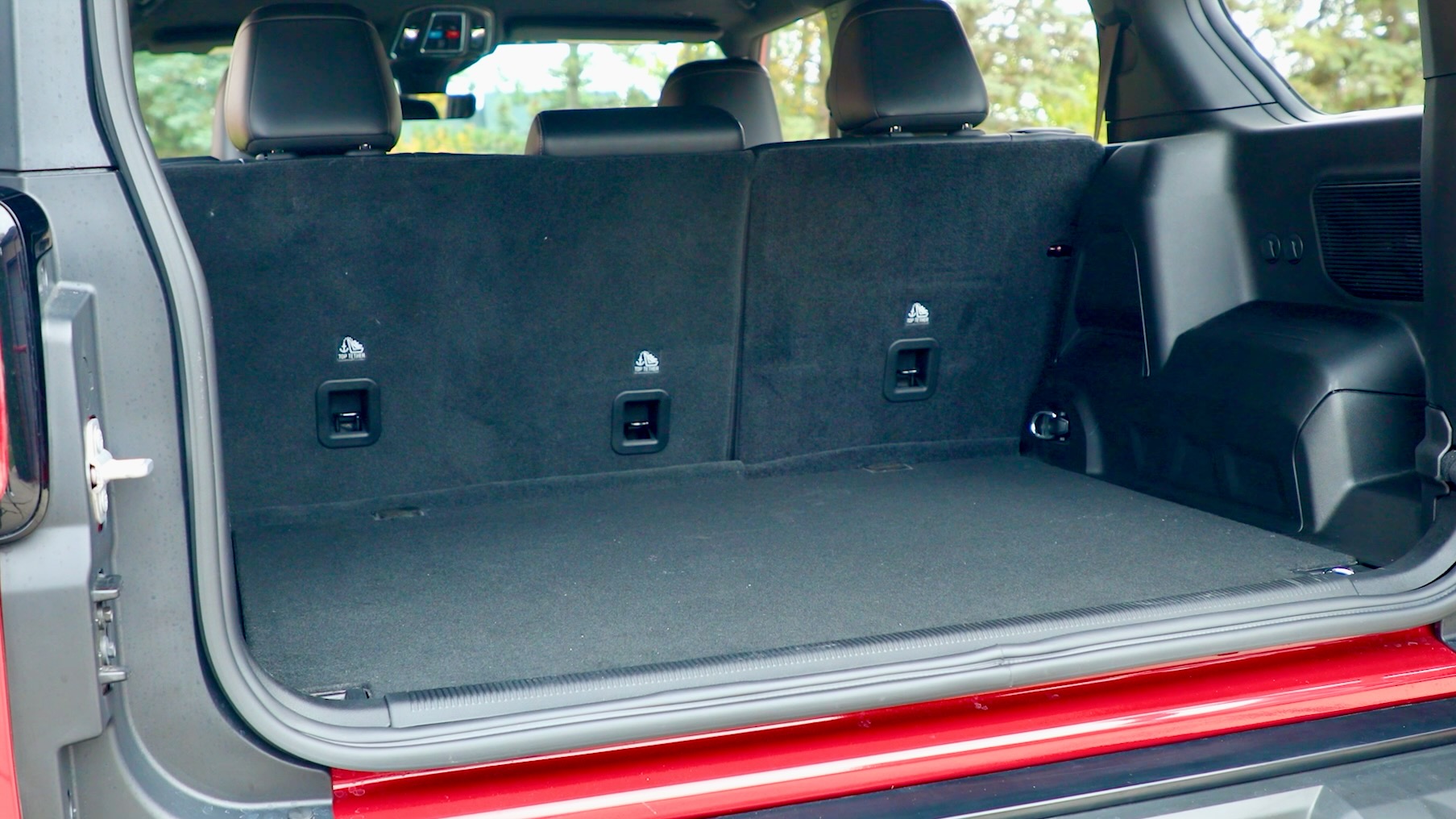
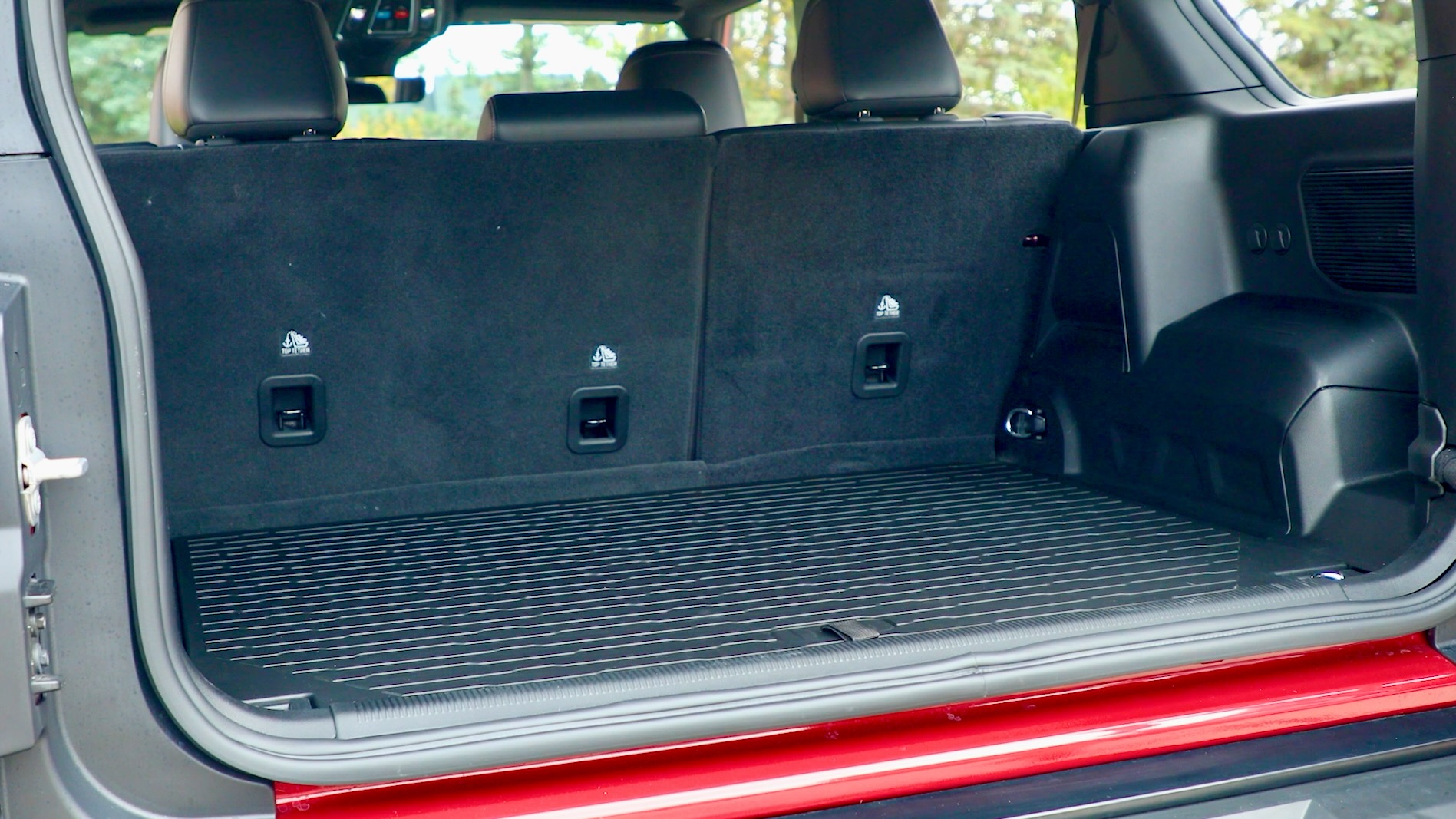
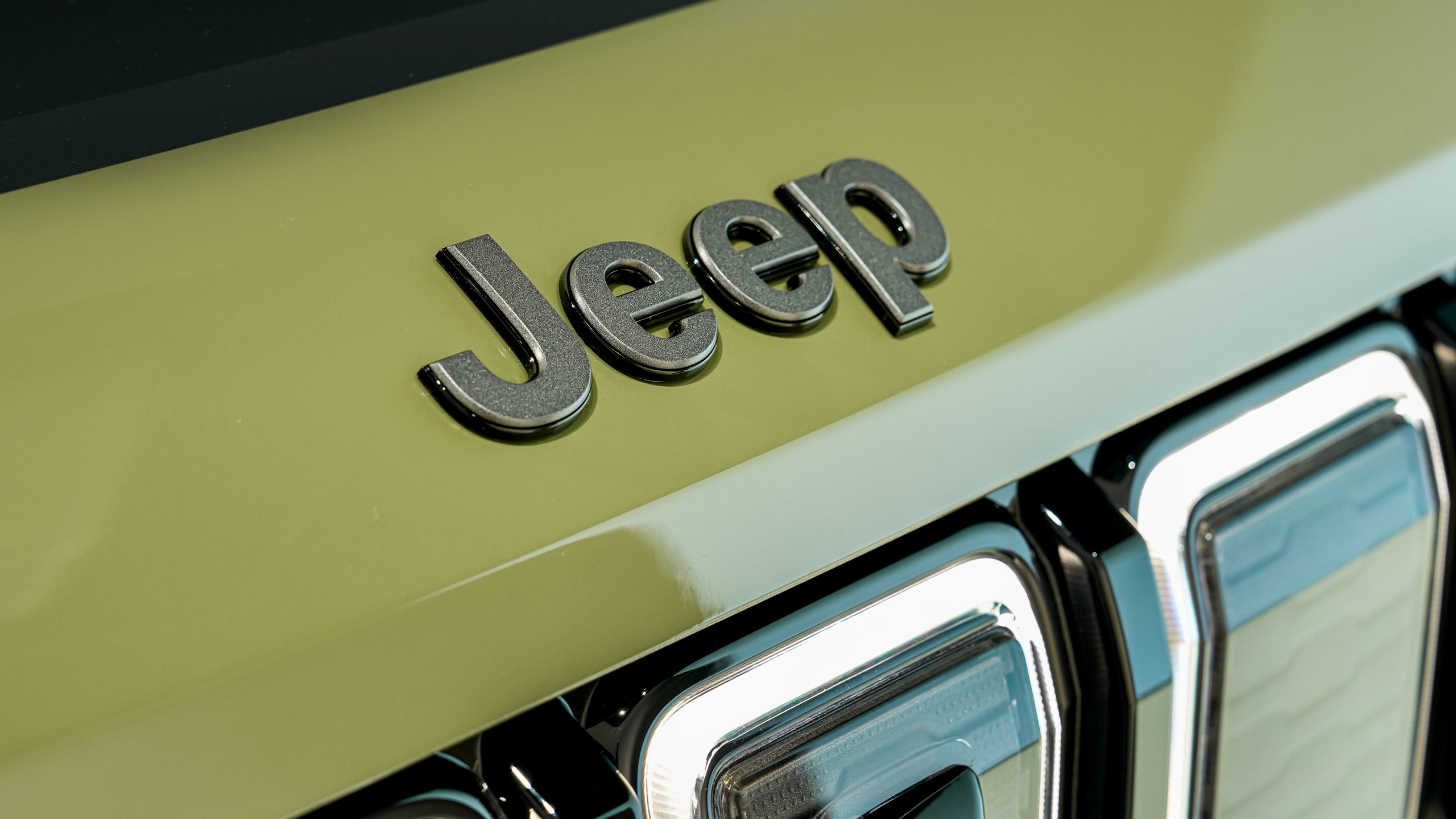
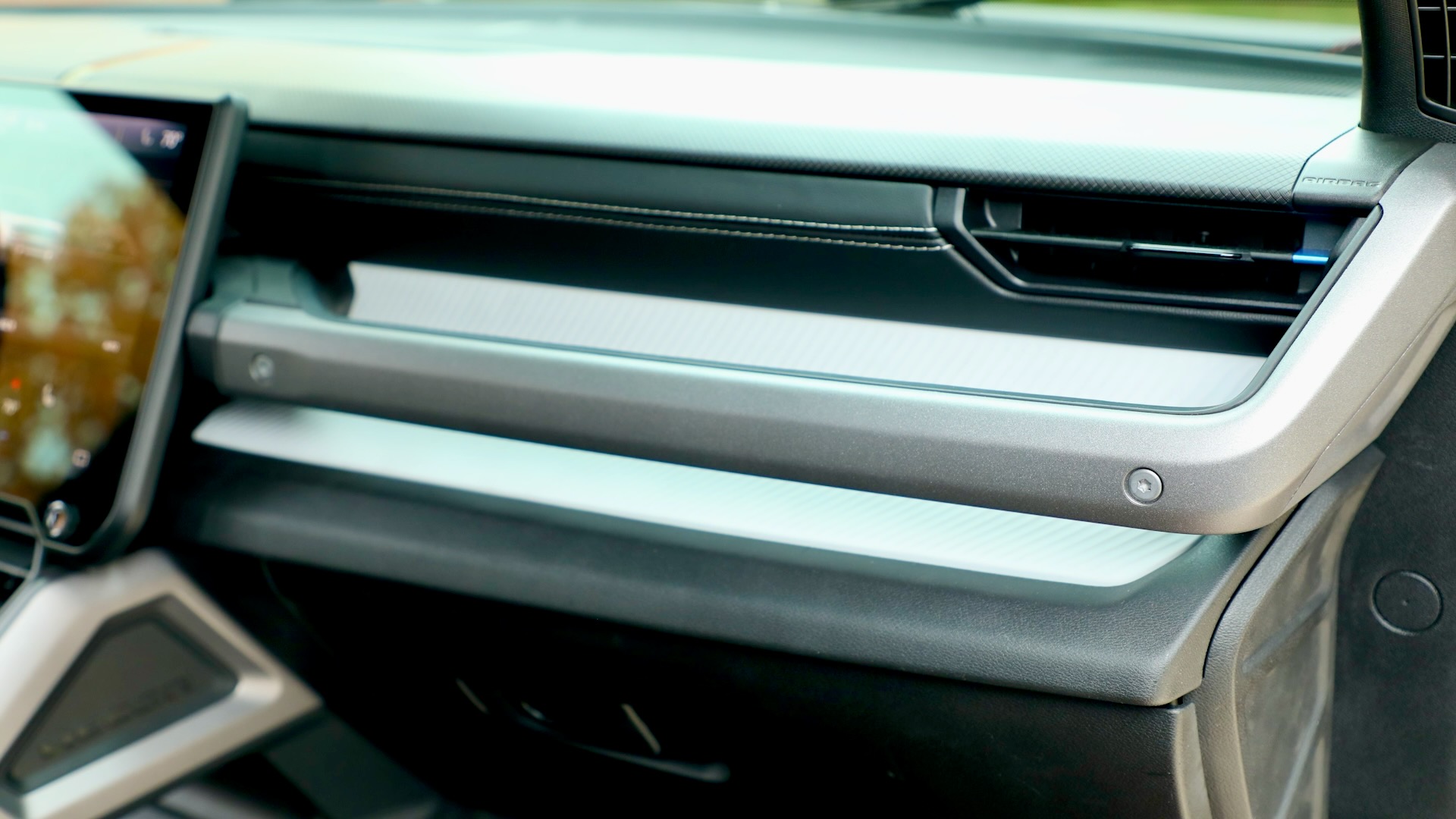
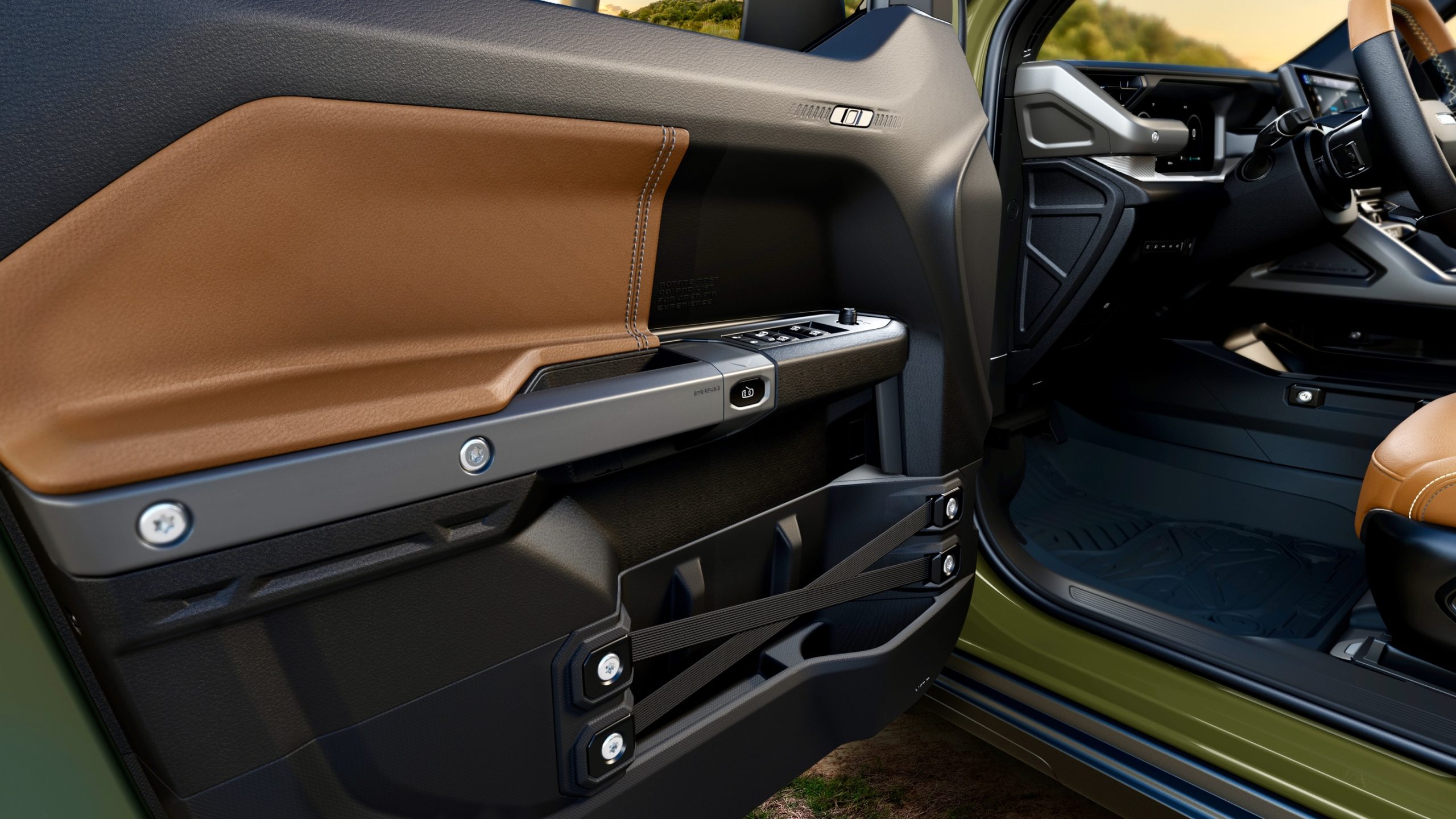
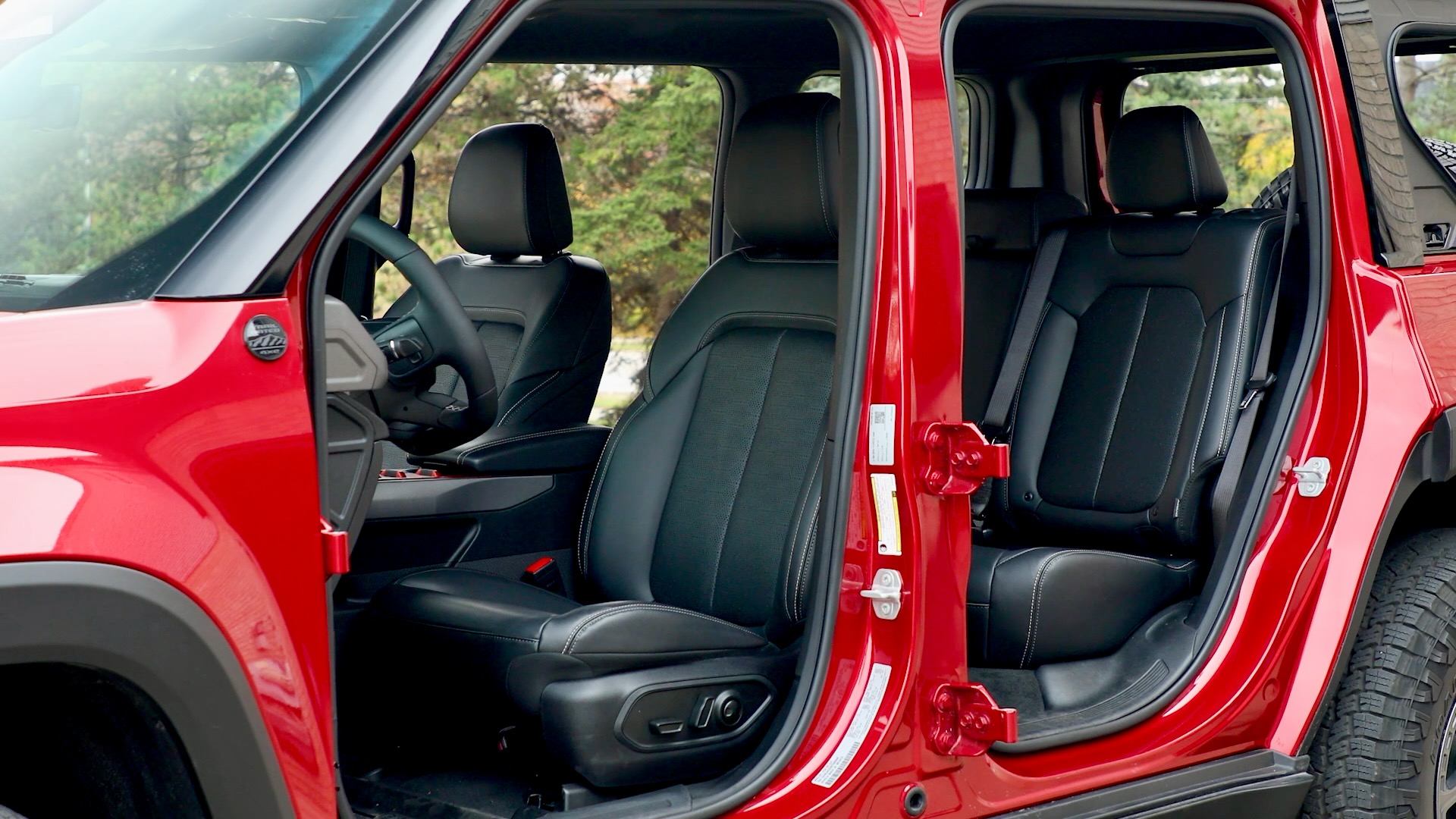
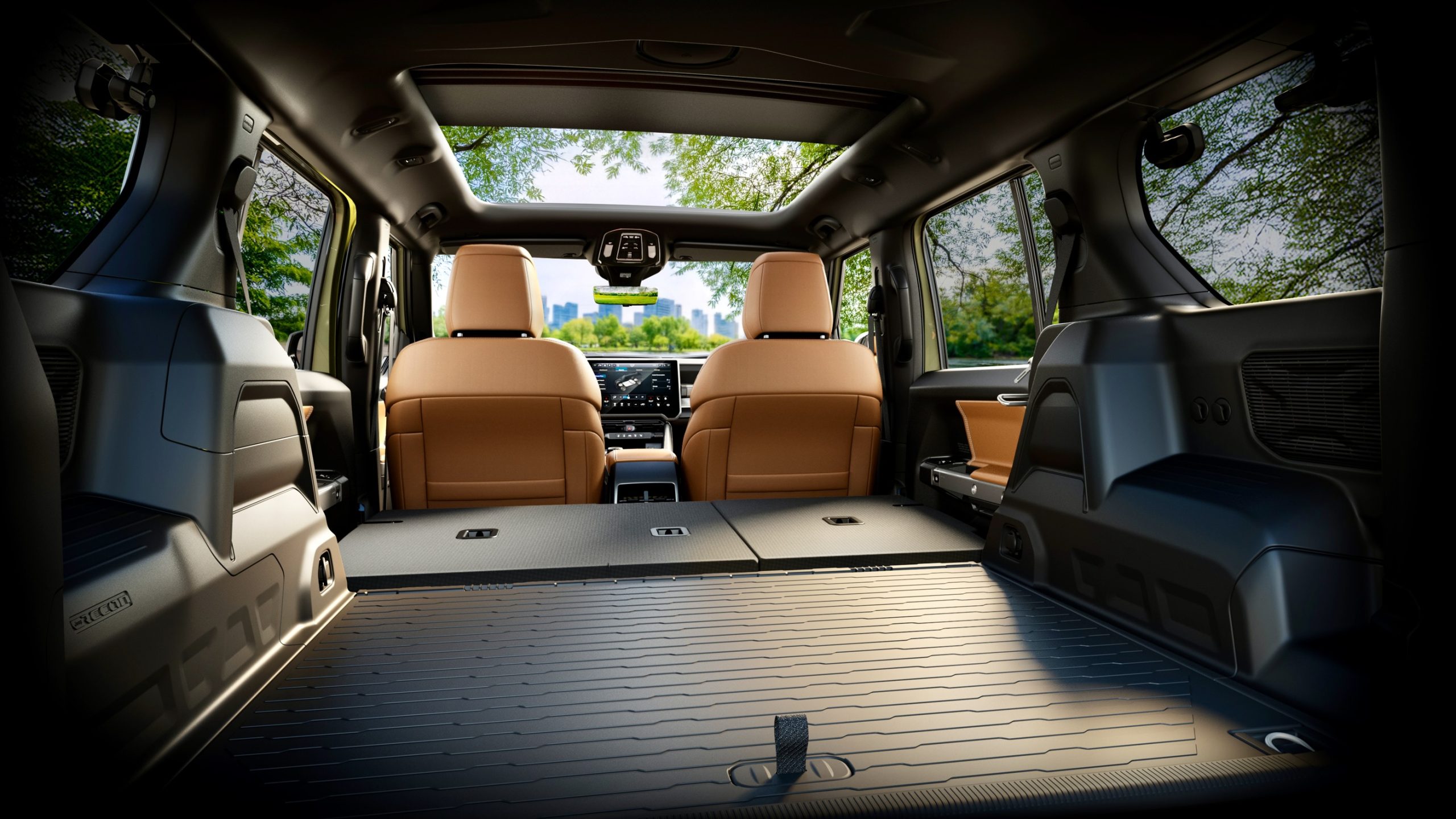
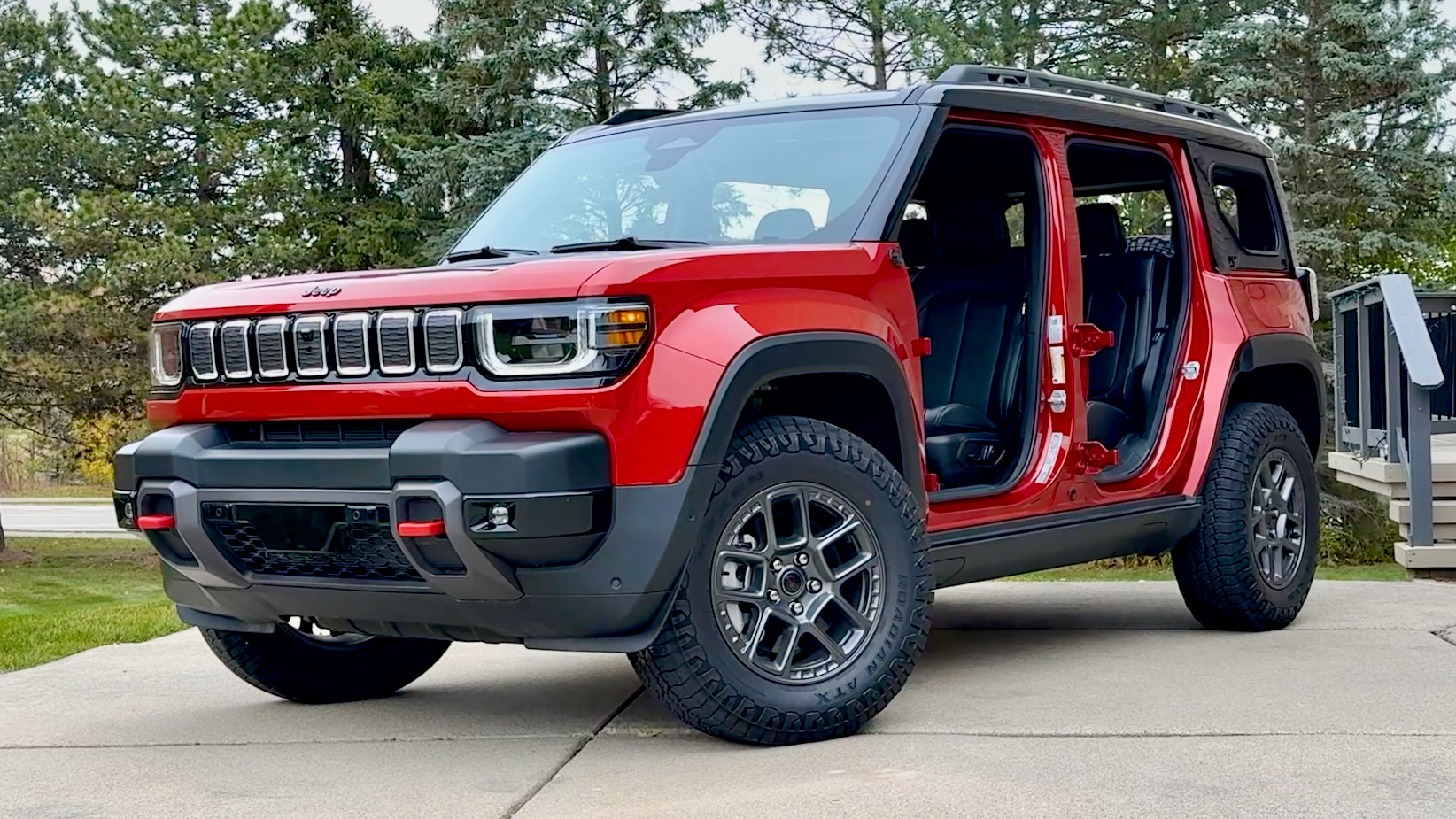
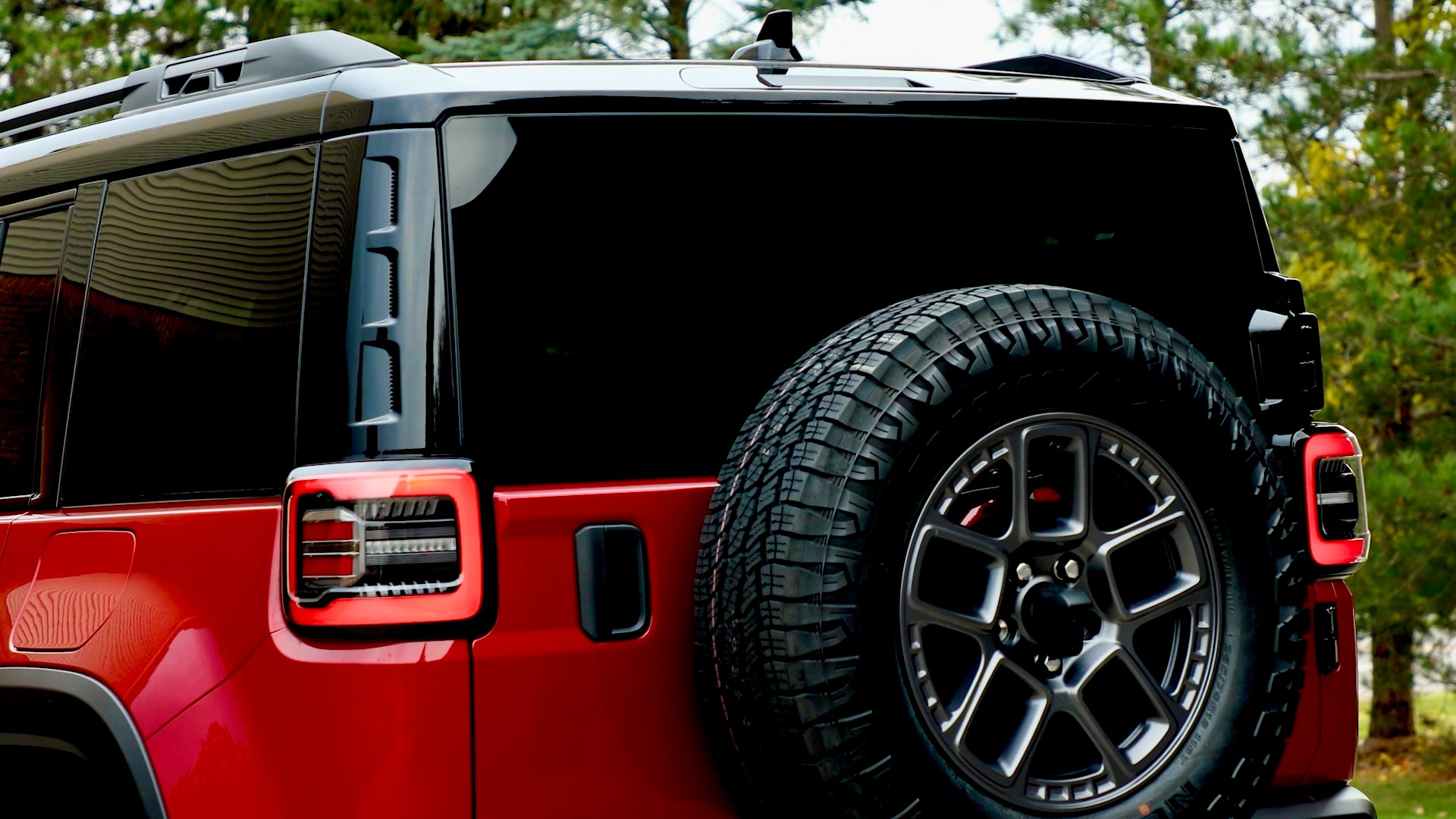
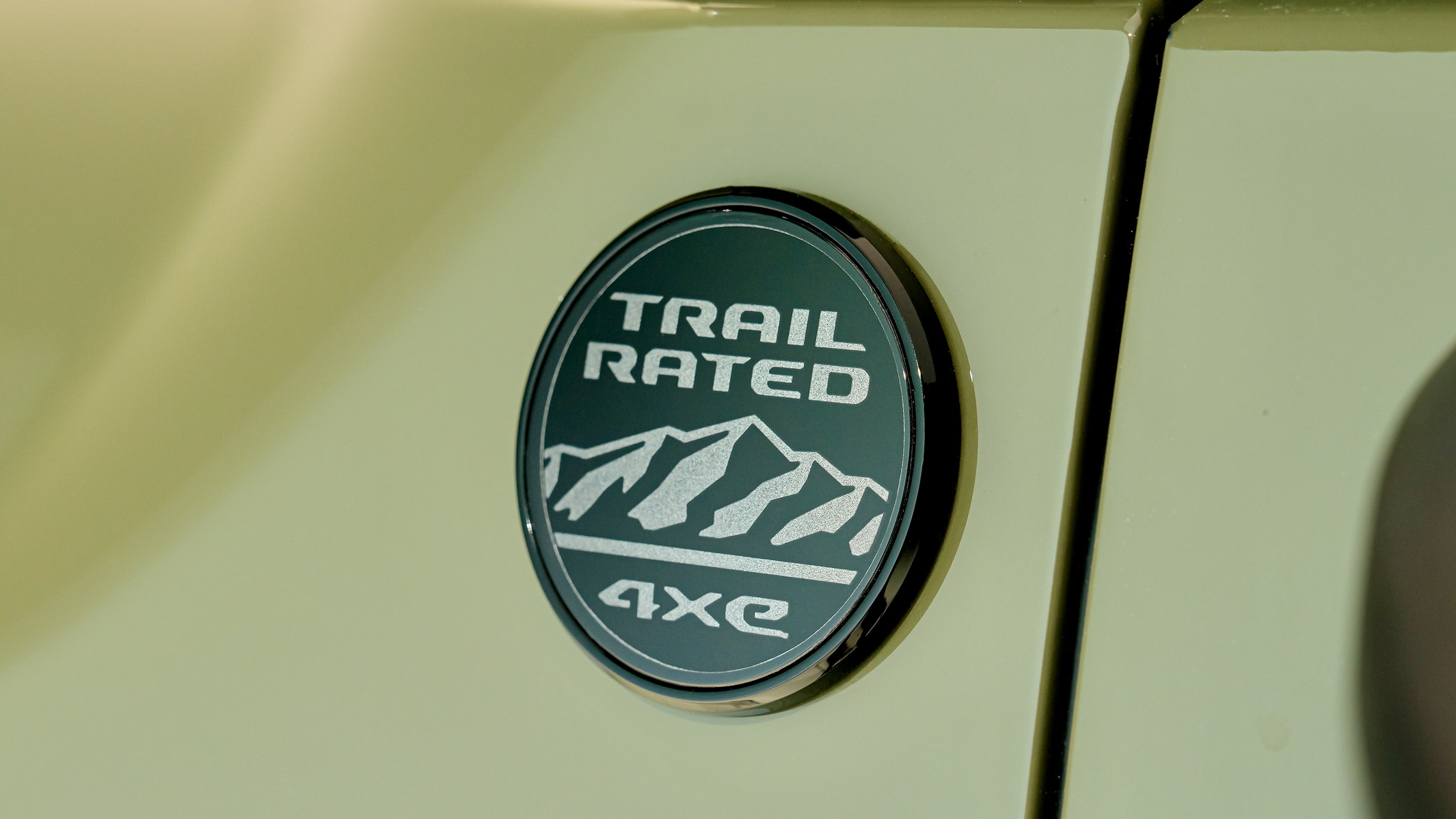

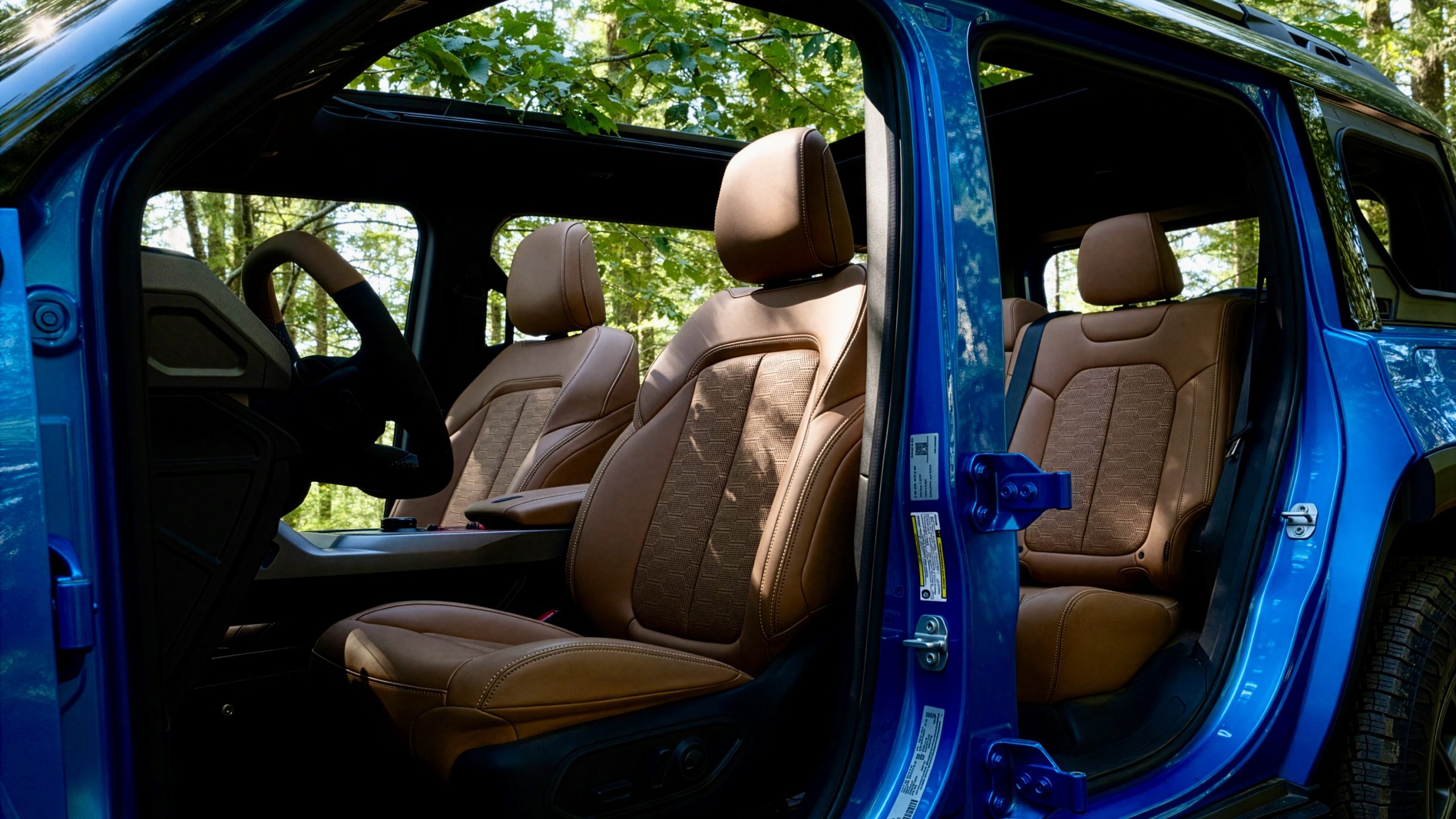

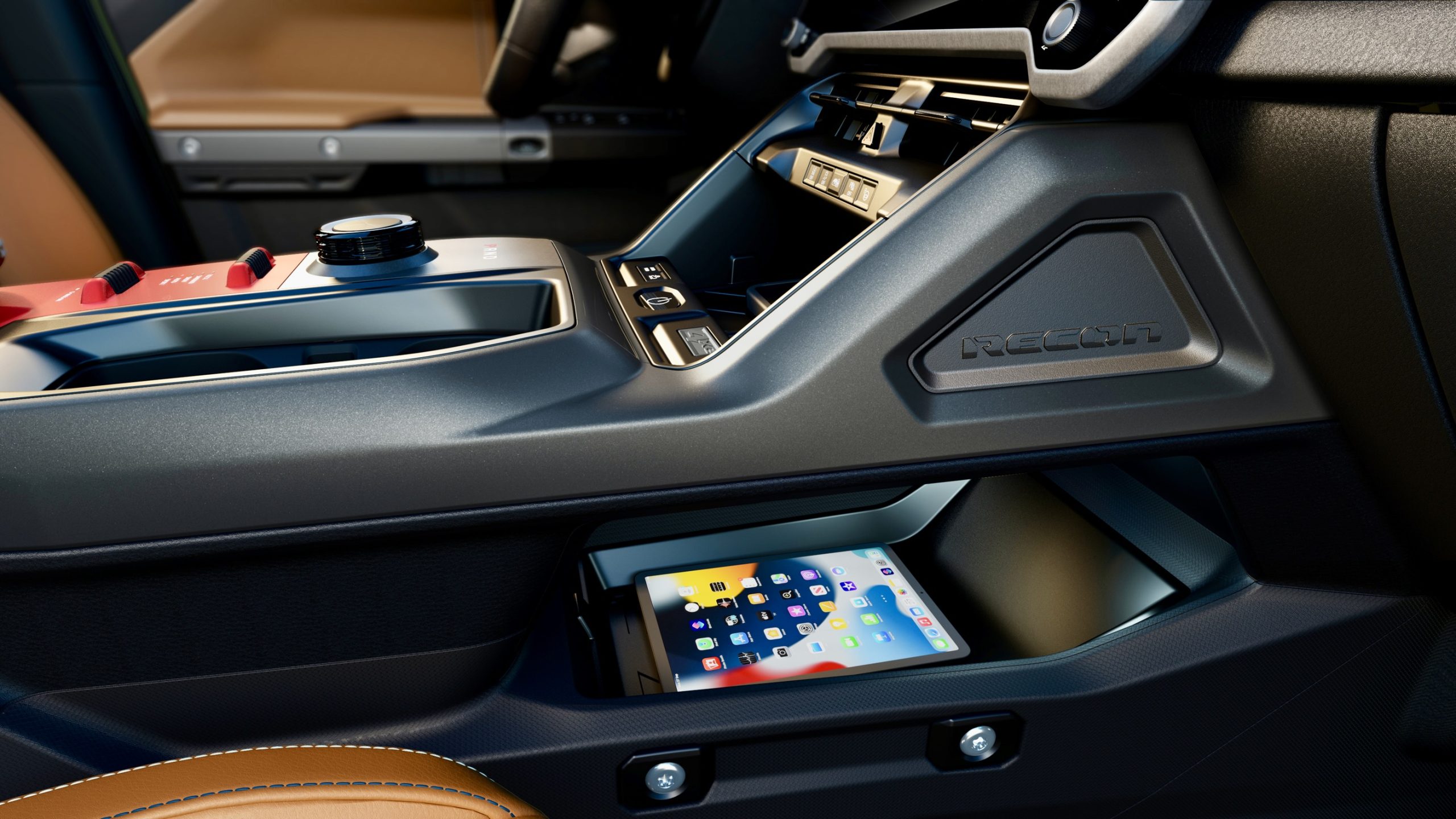
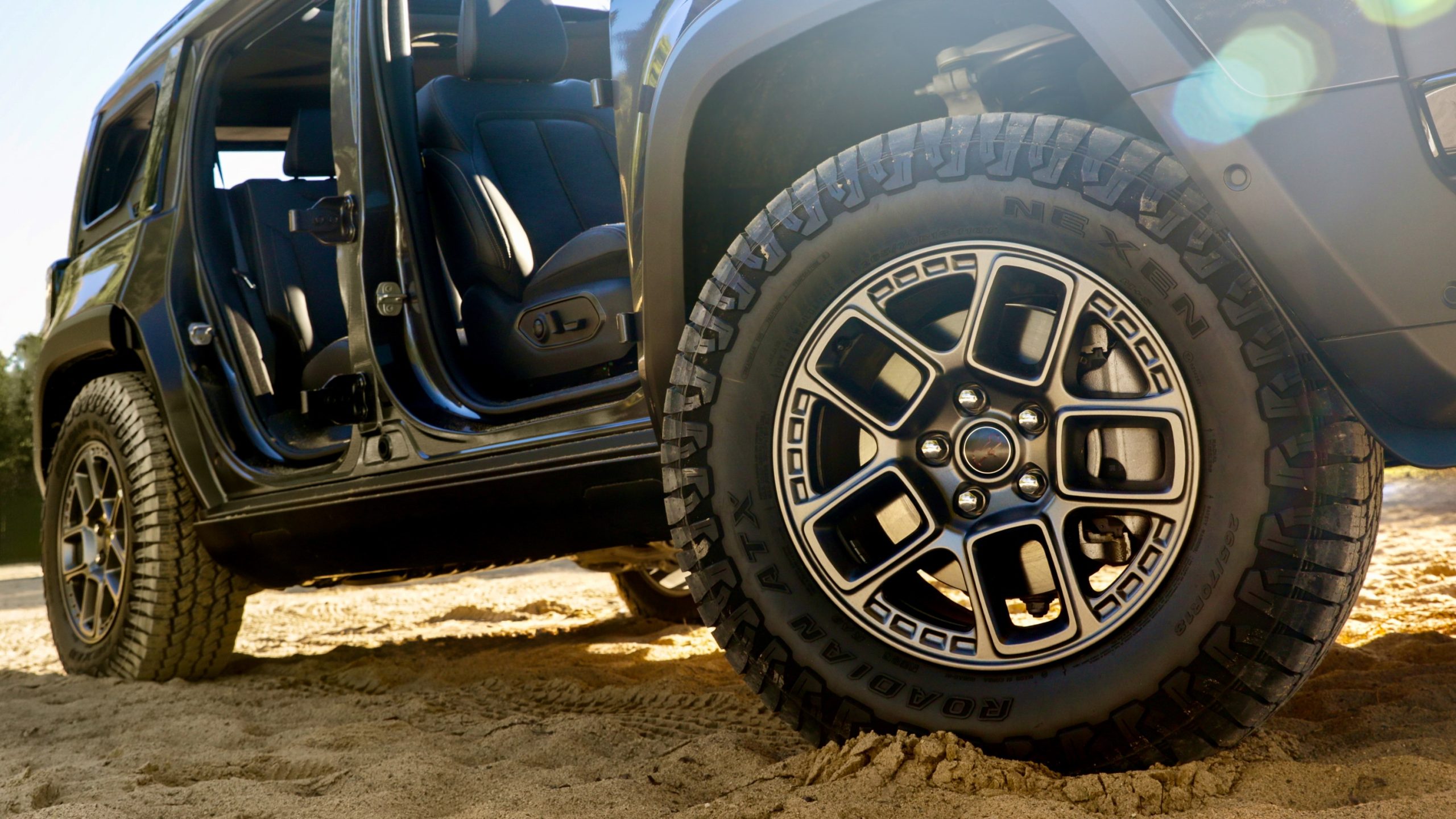

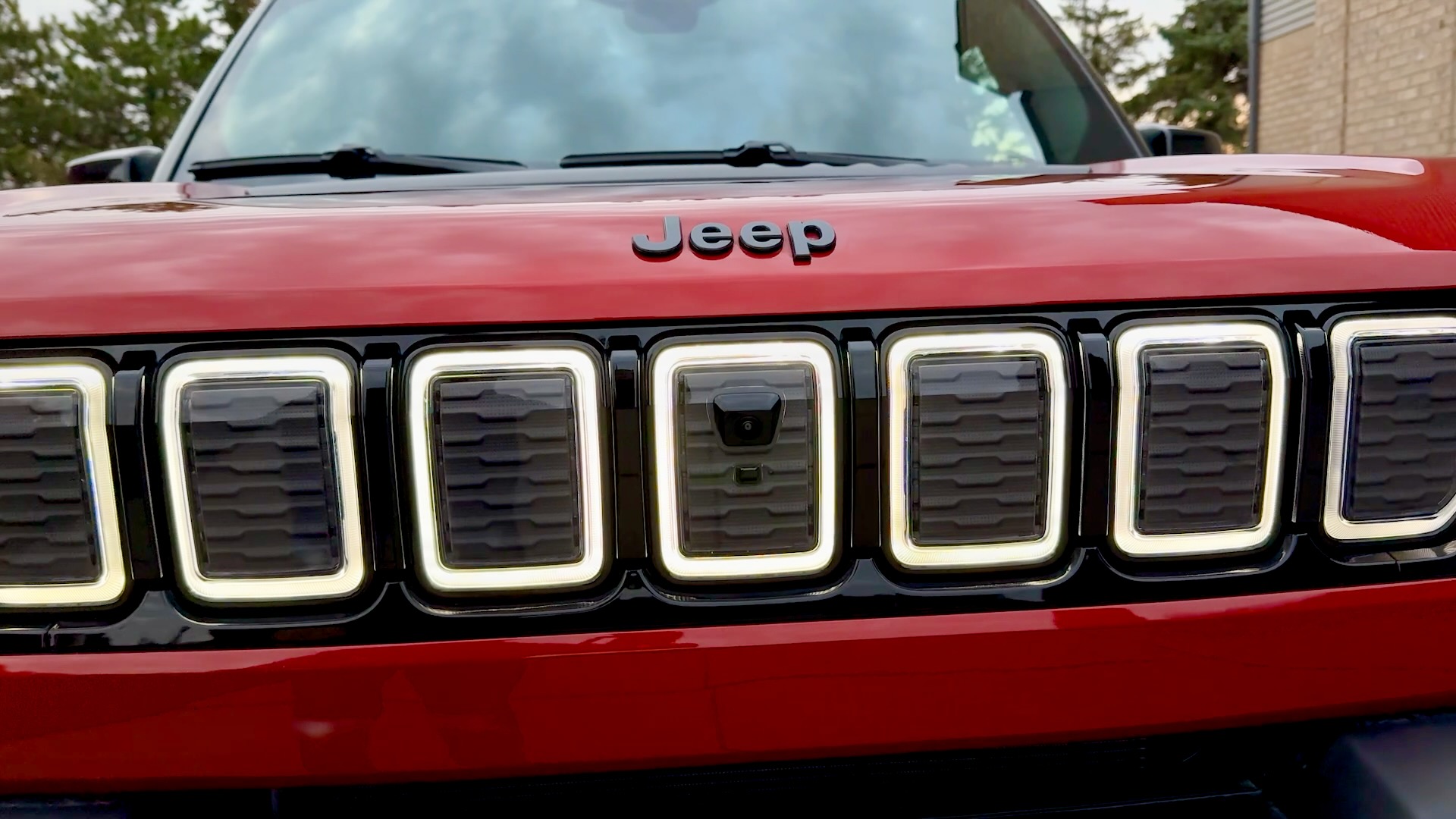
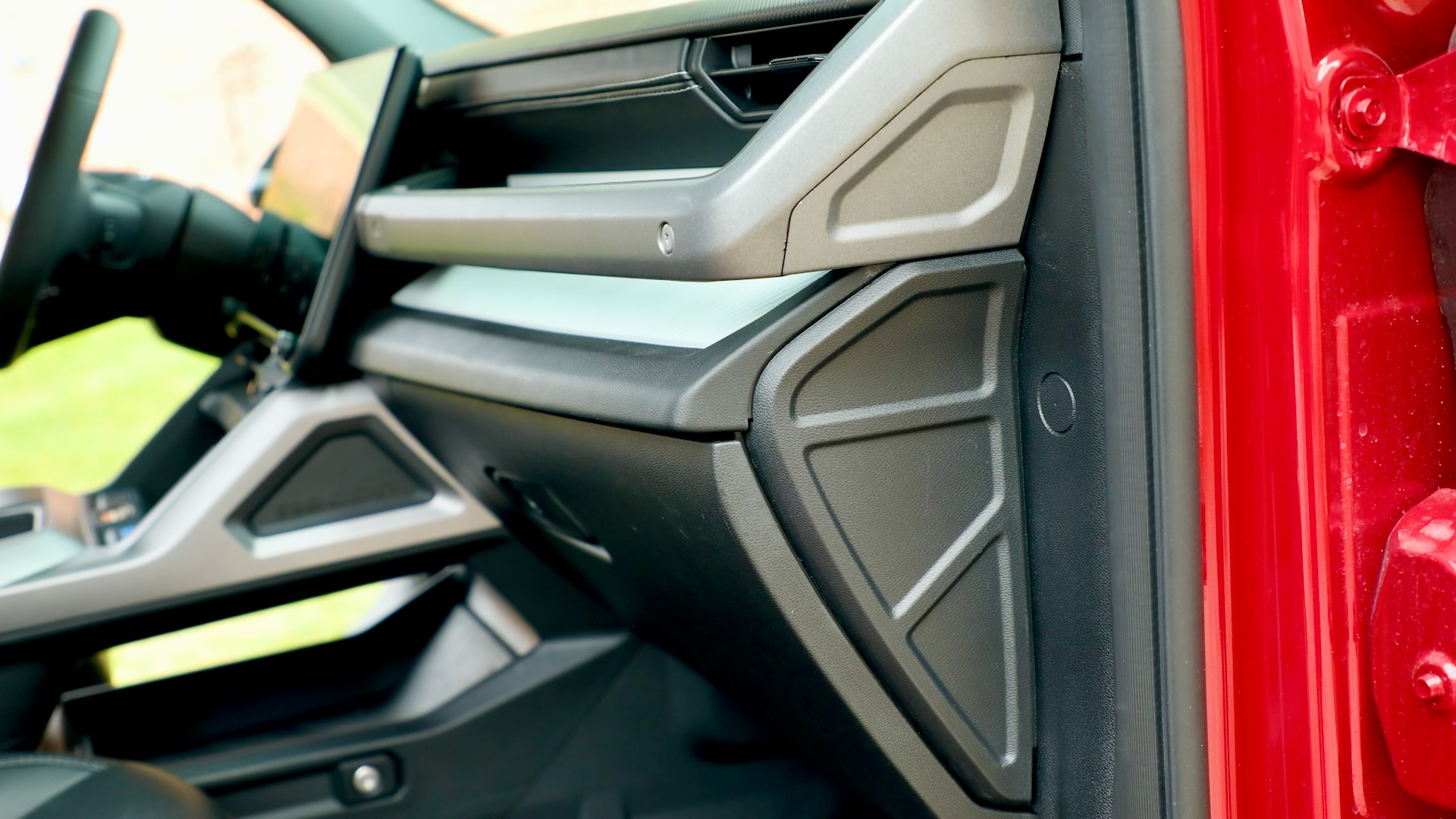
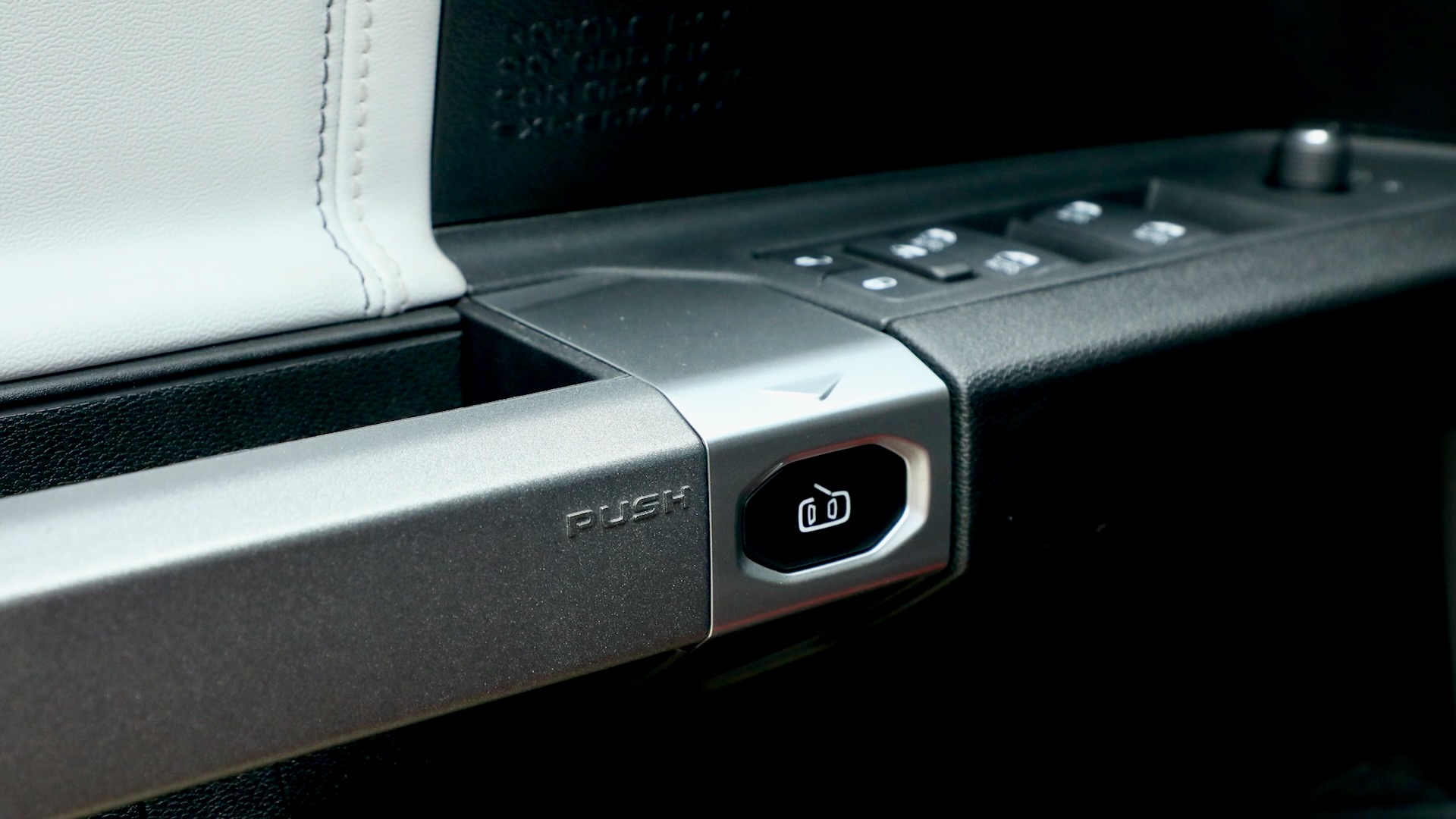


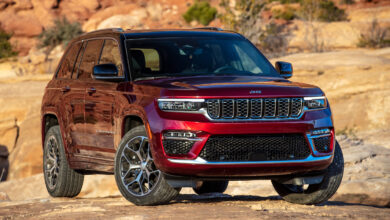
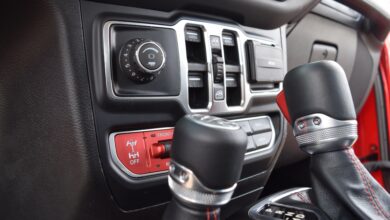

18 replies
Loading new replies...
Join the full discussion at the Mopar Insiders Forum →